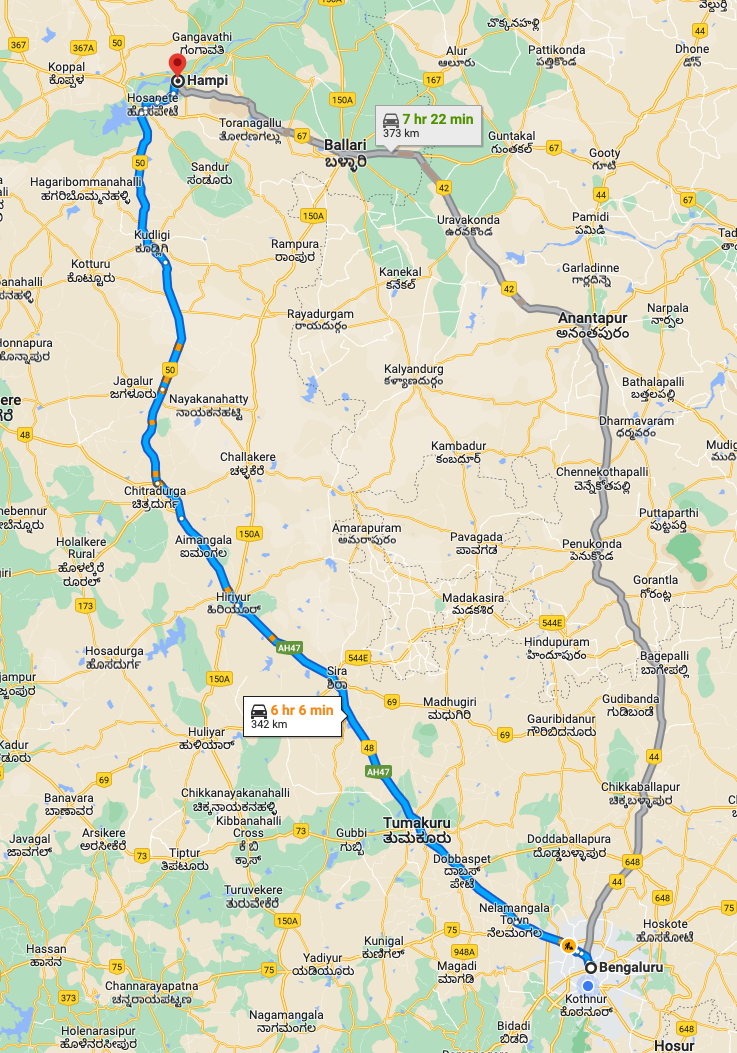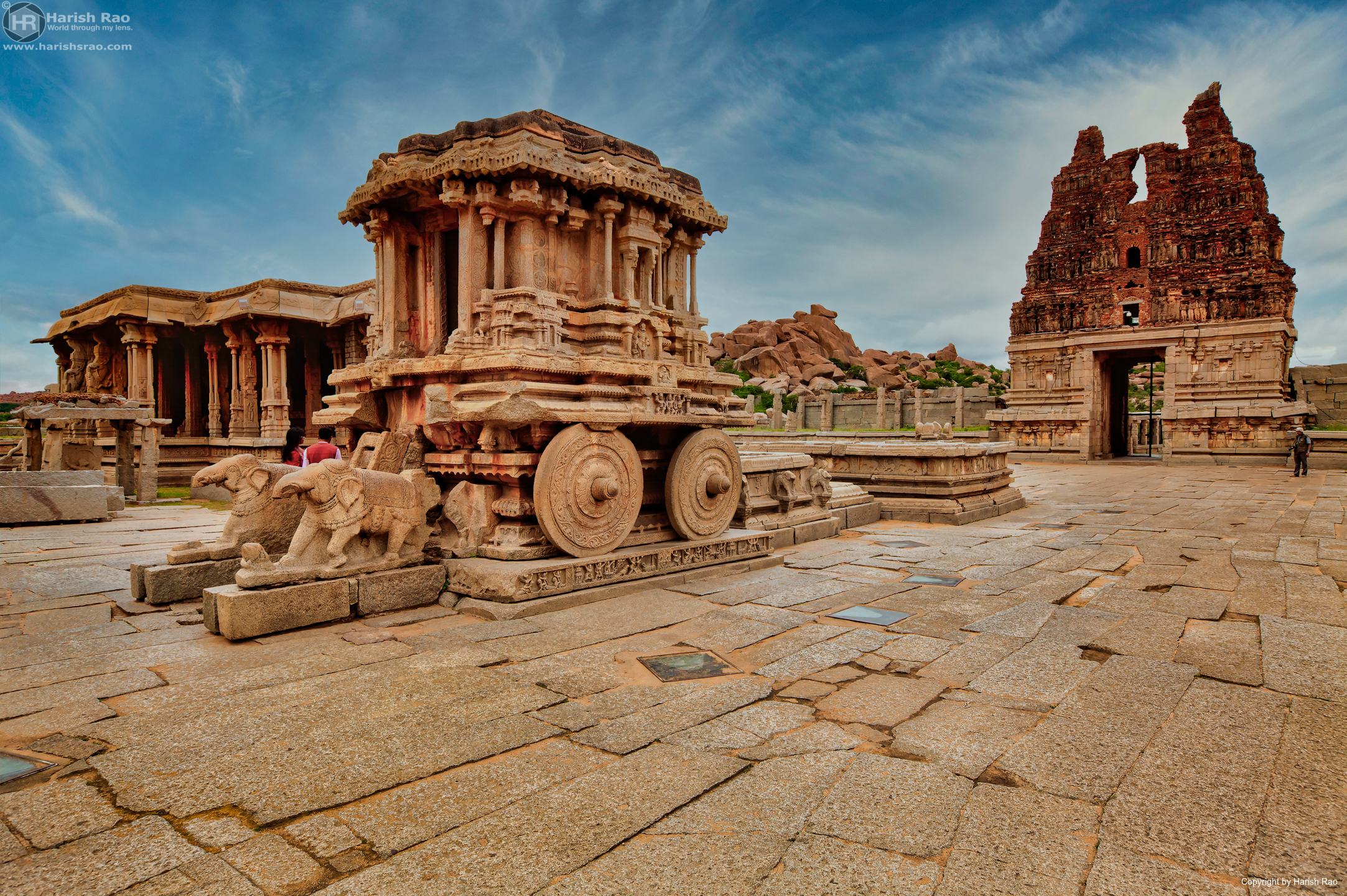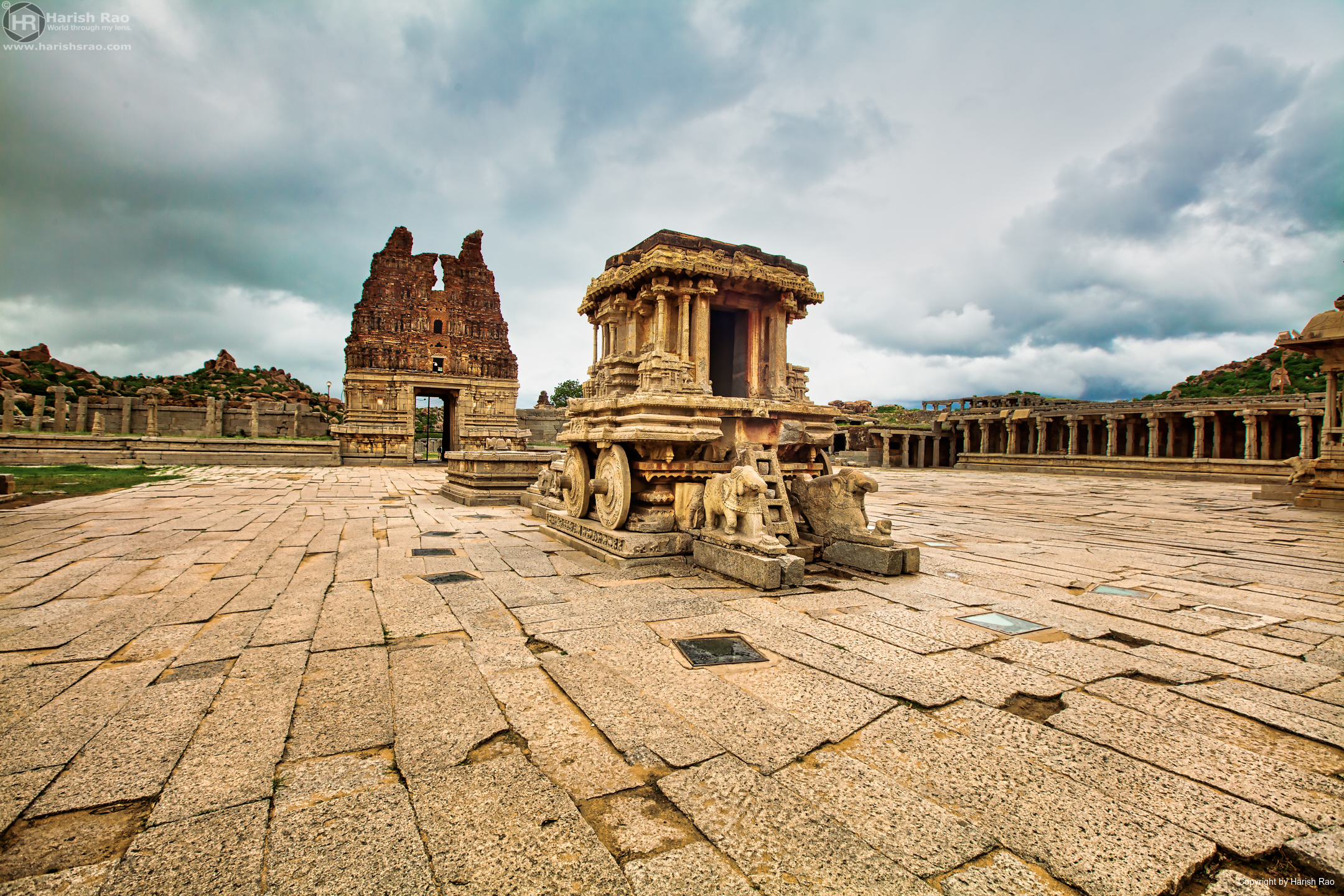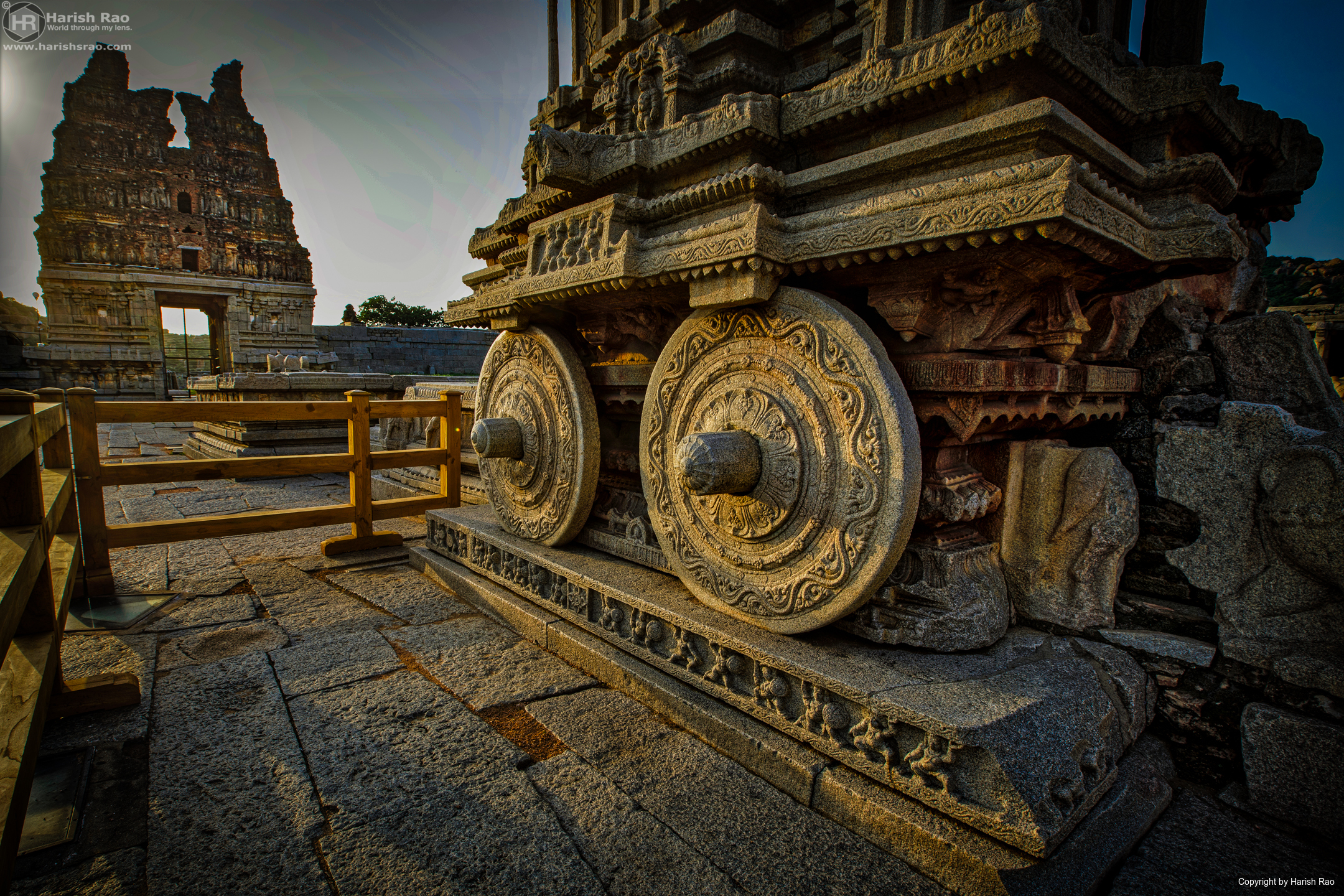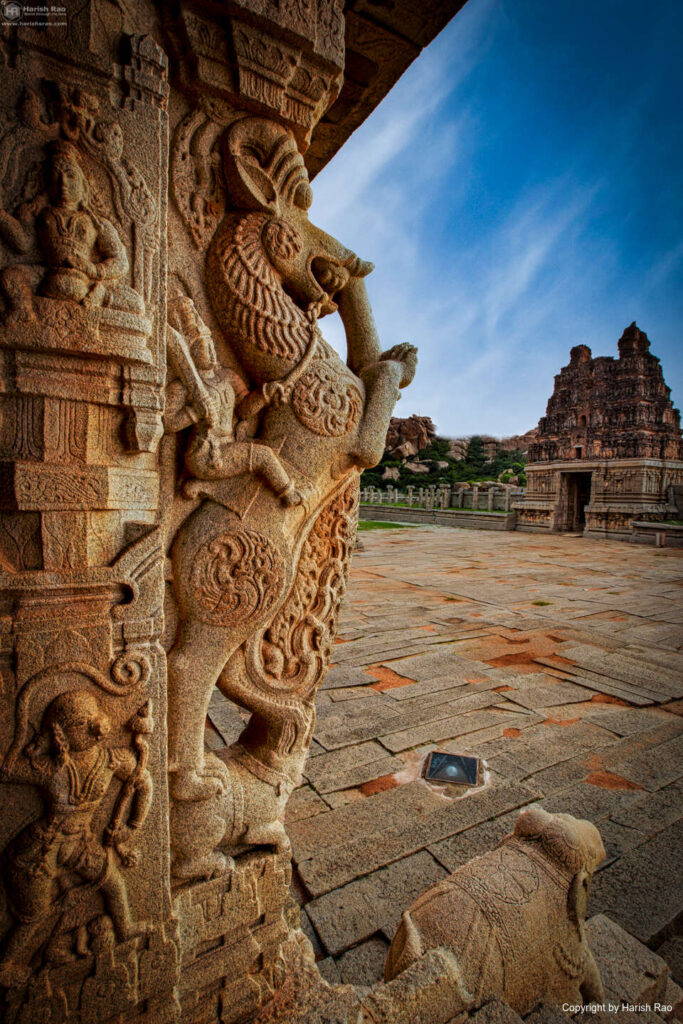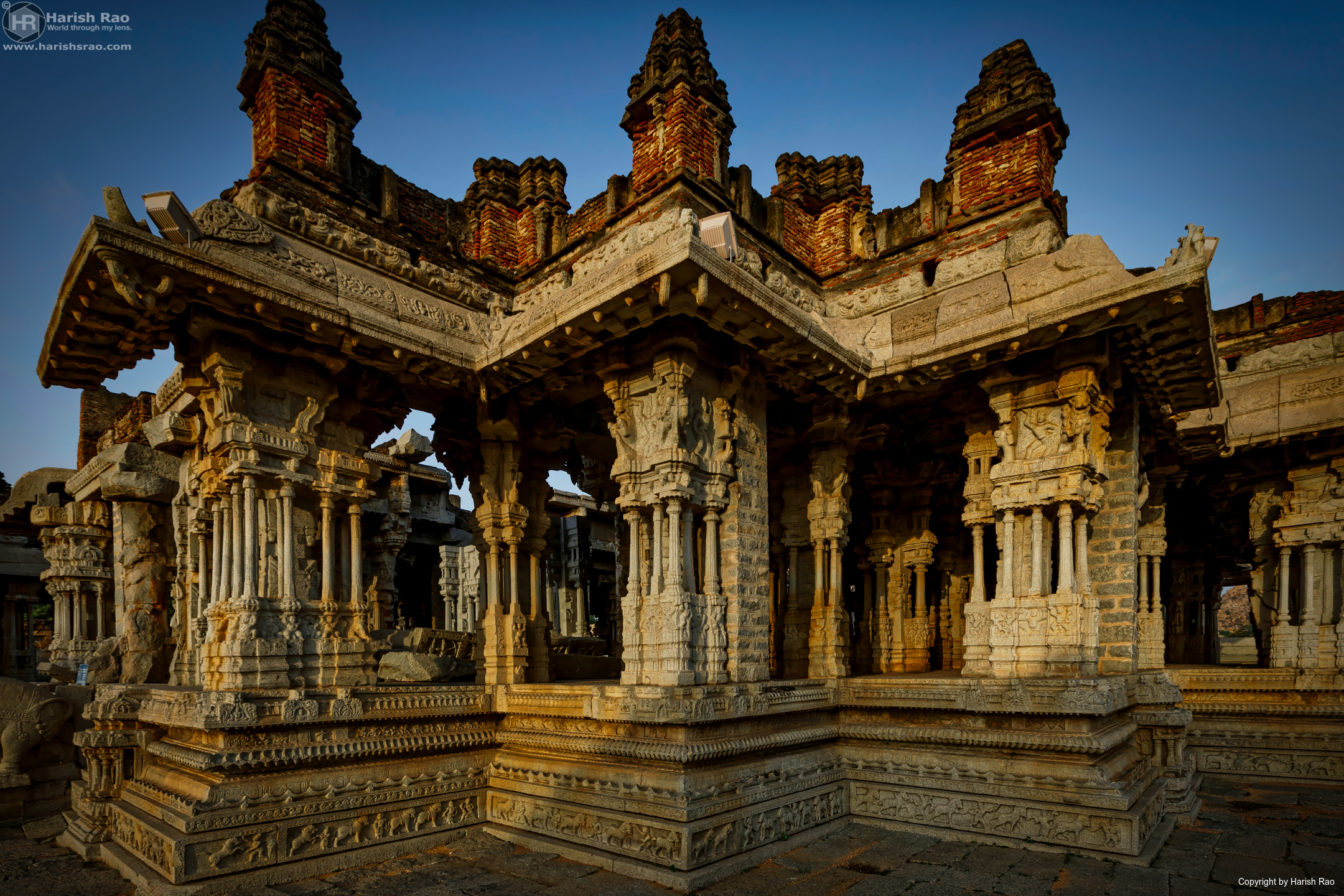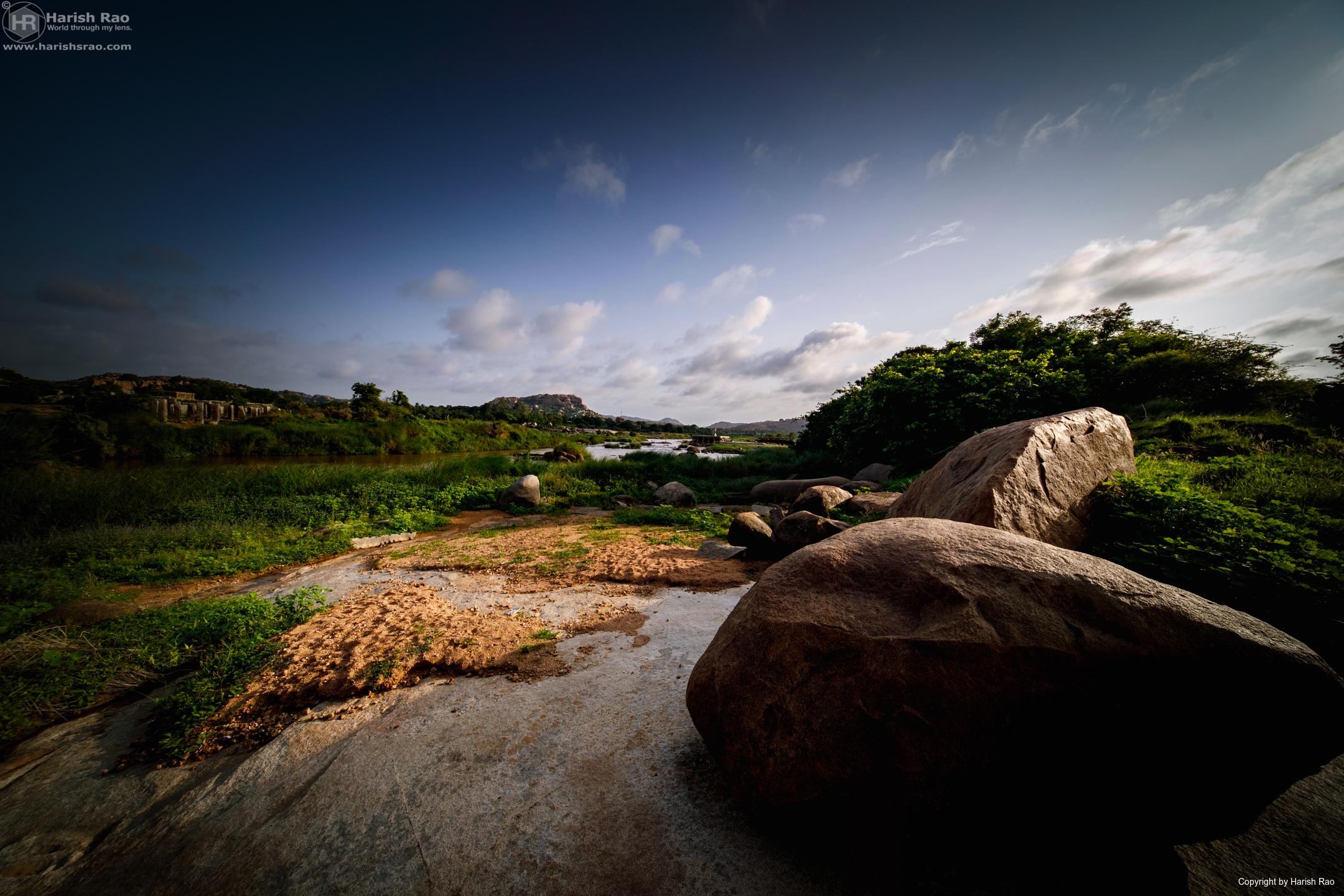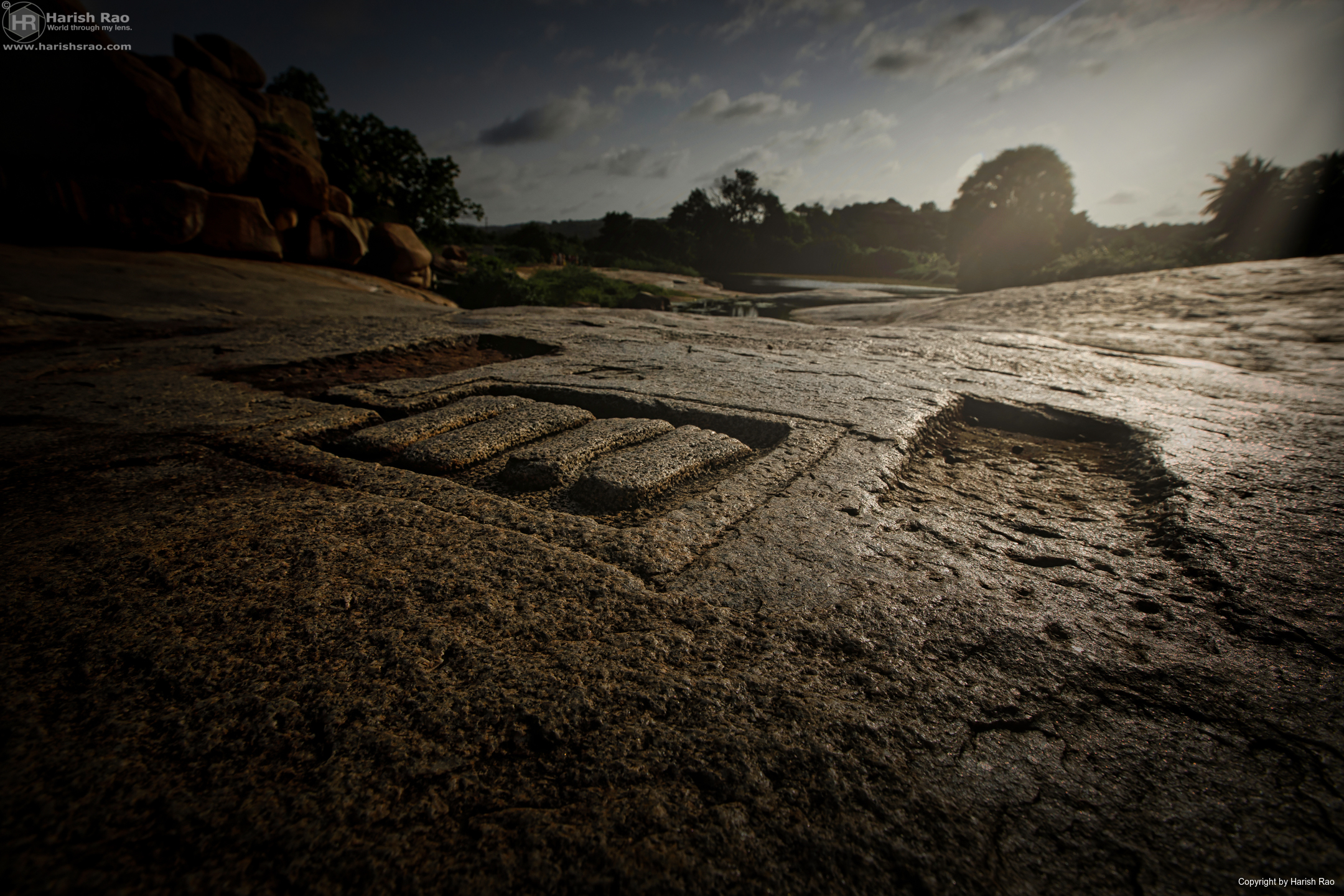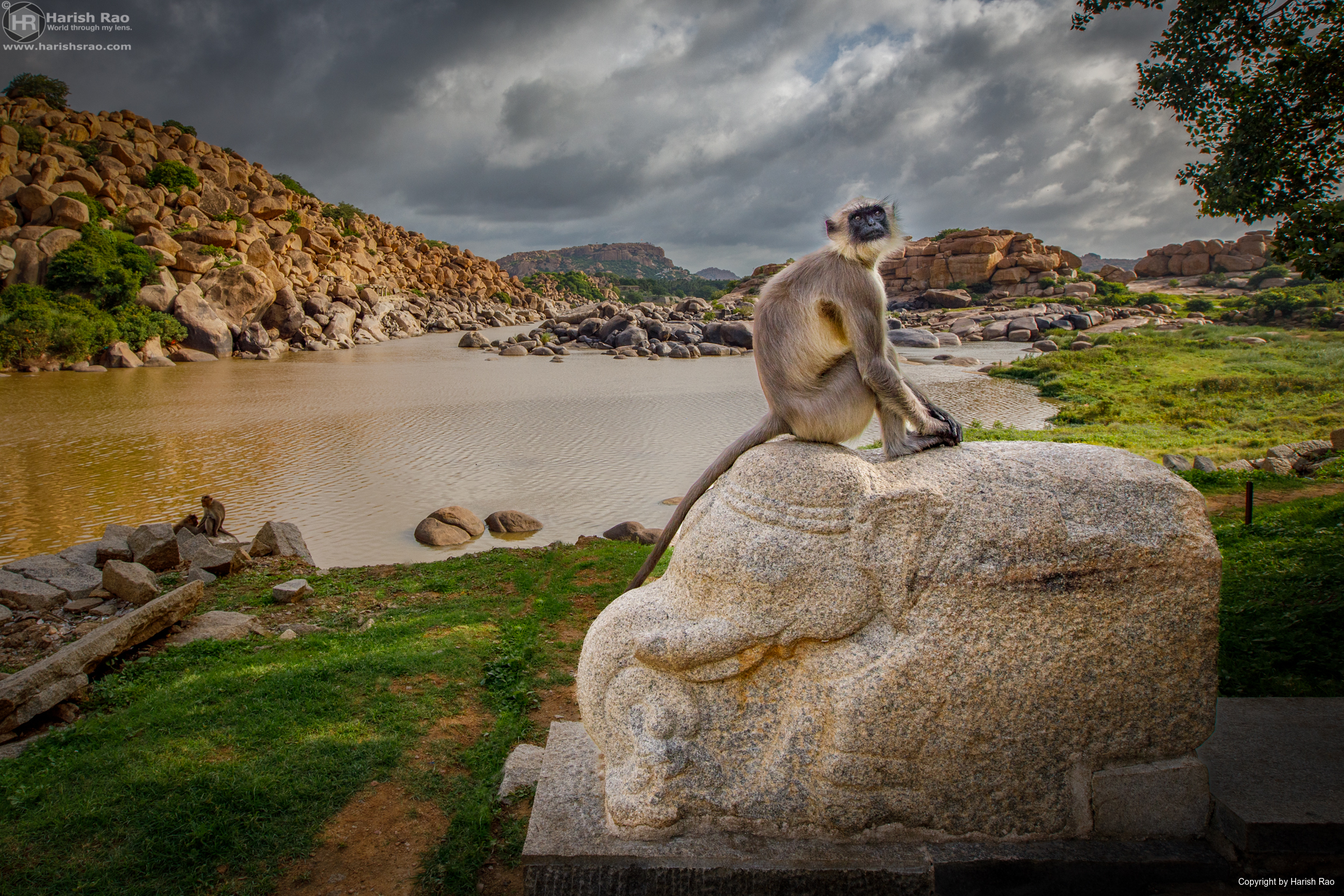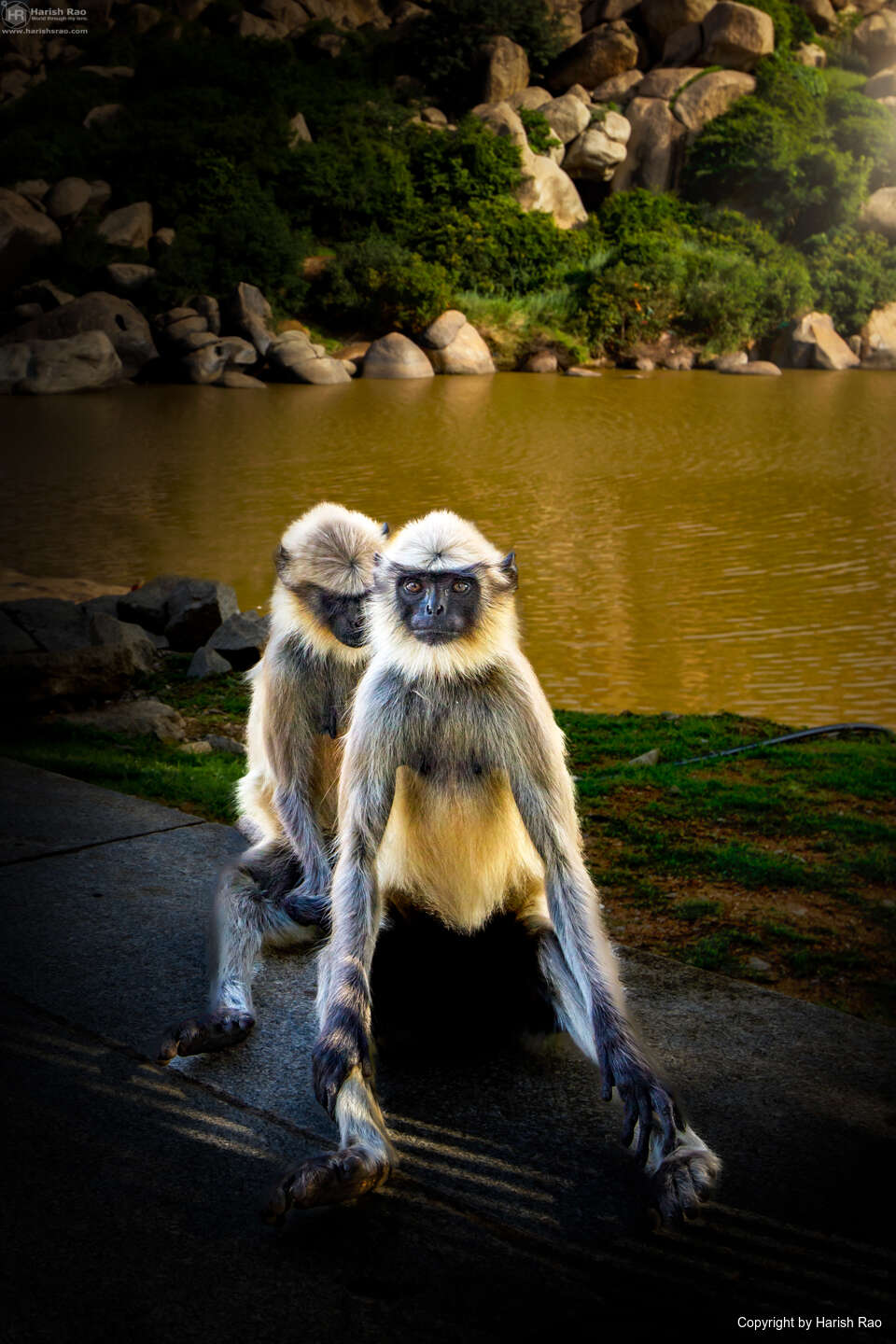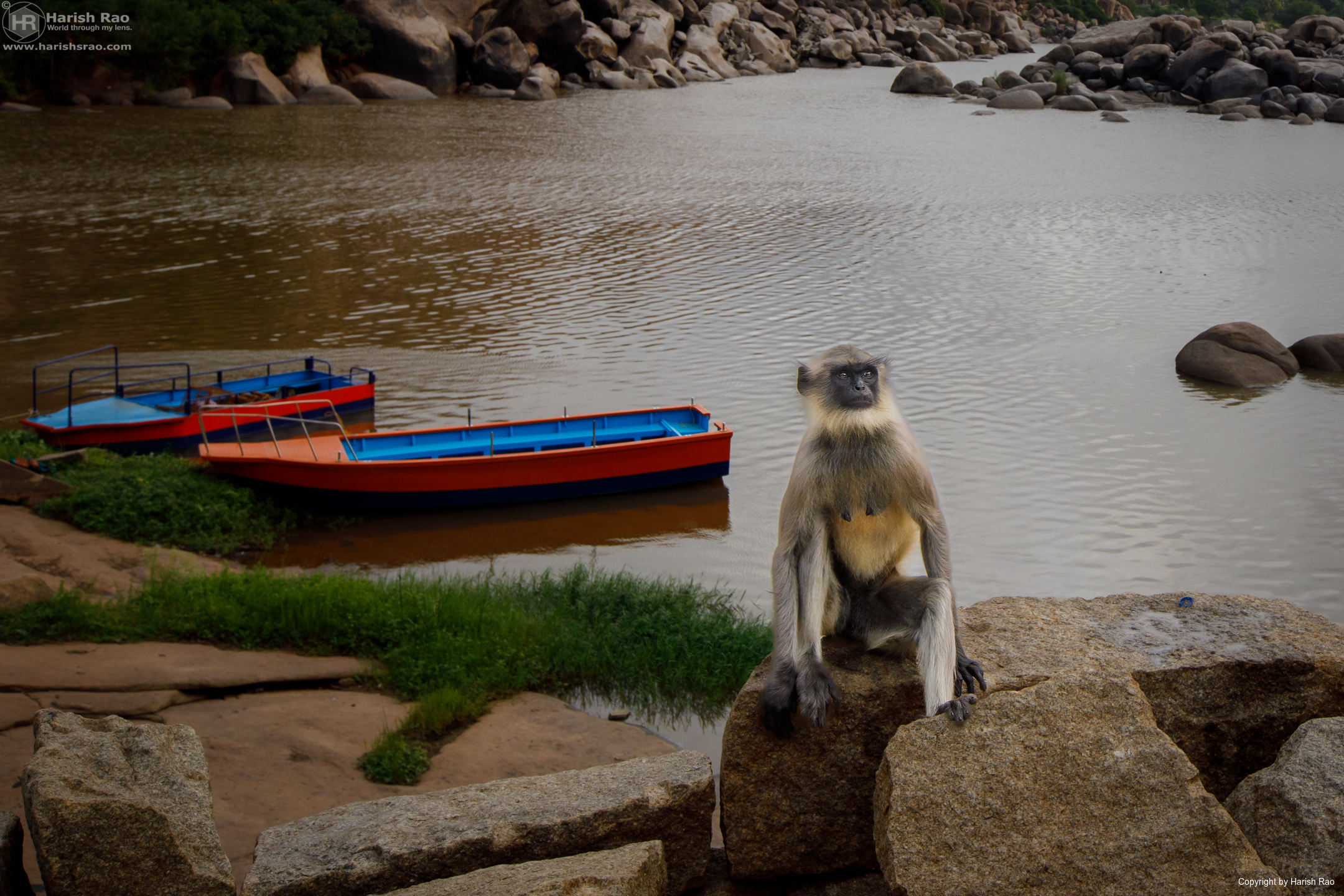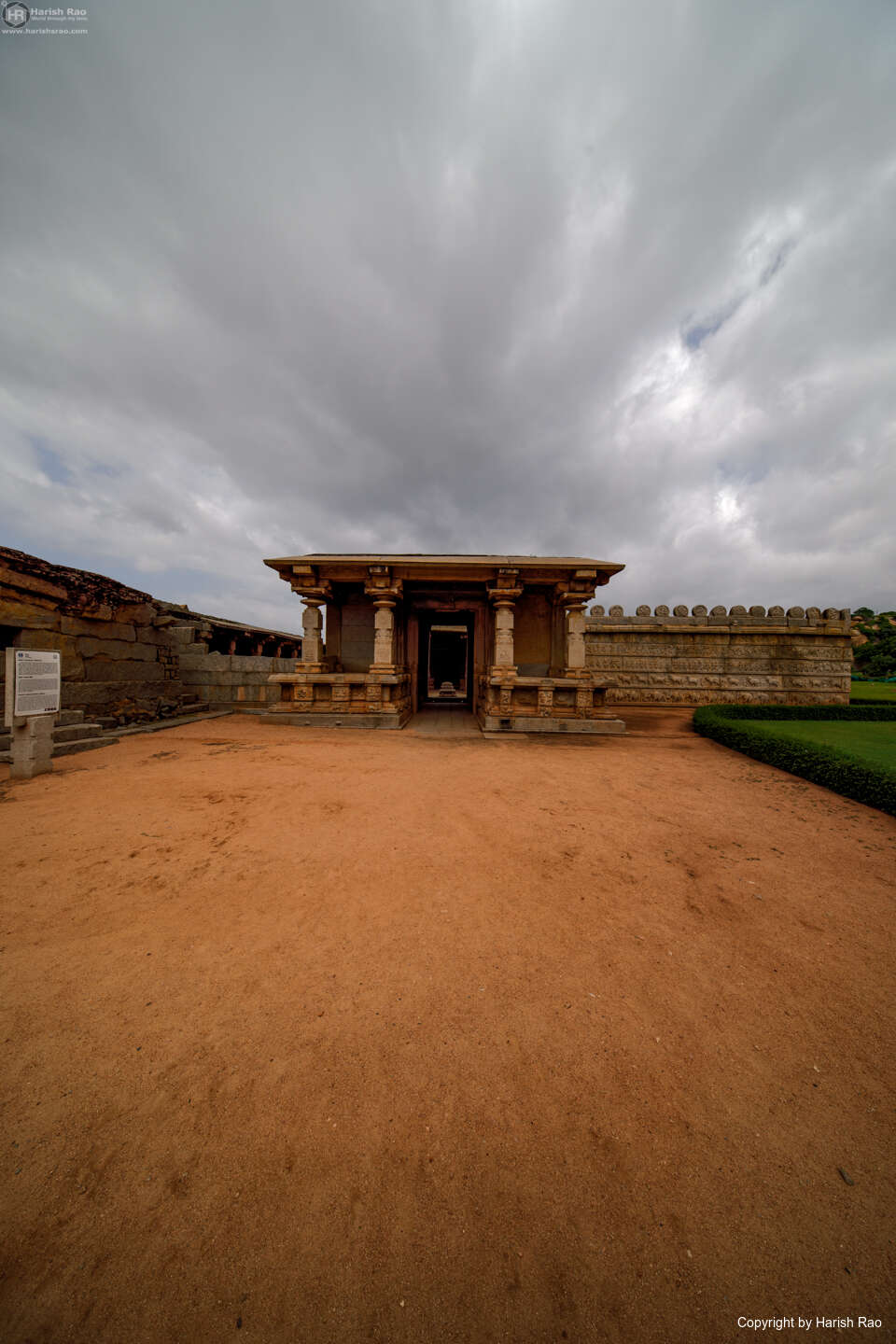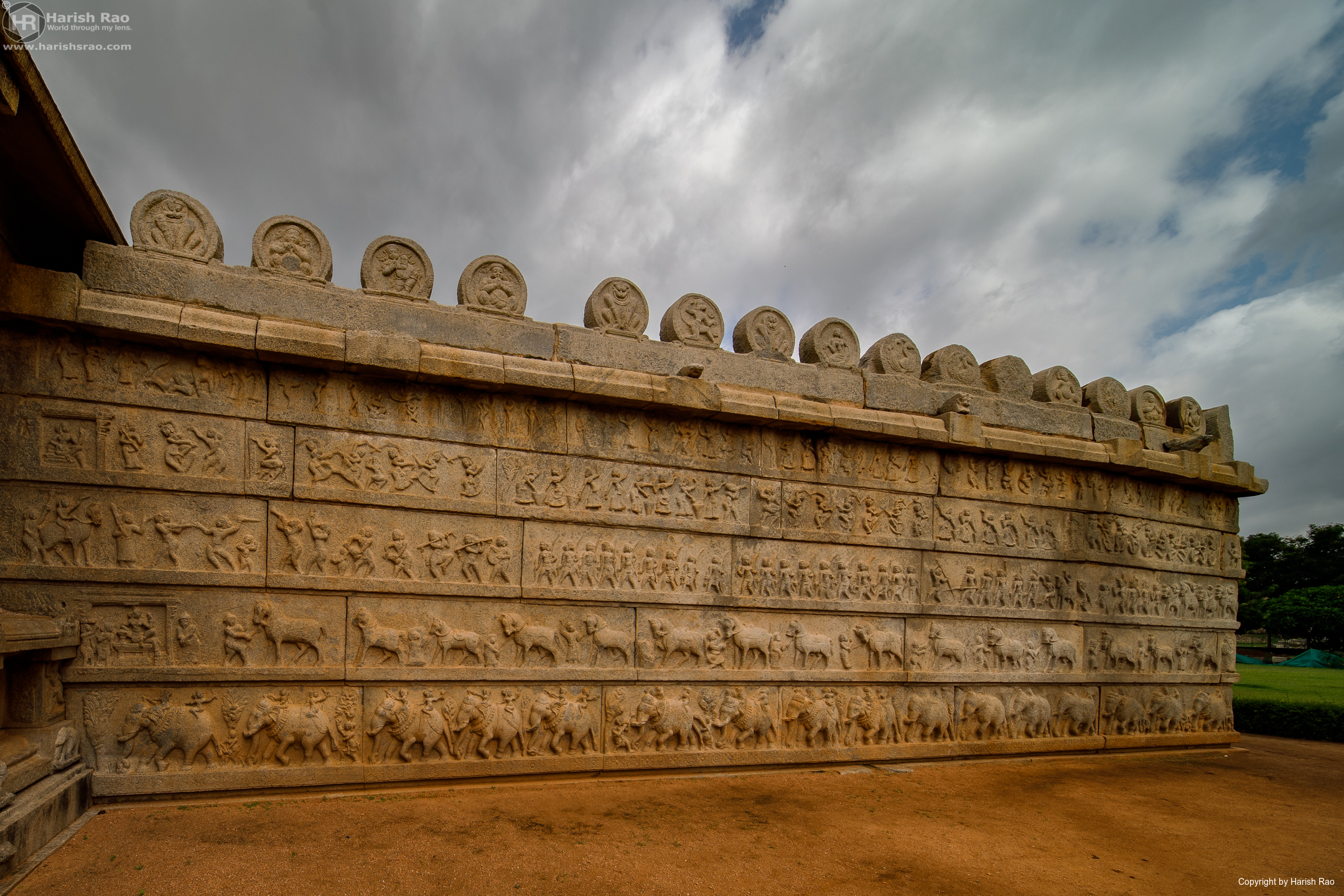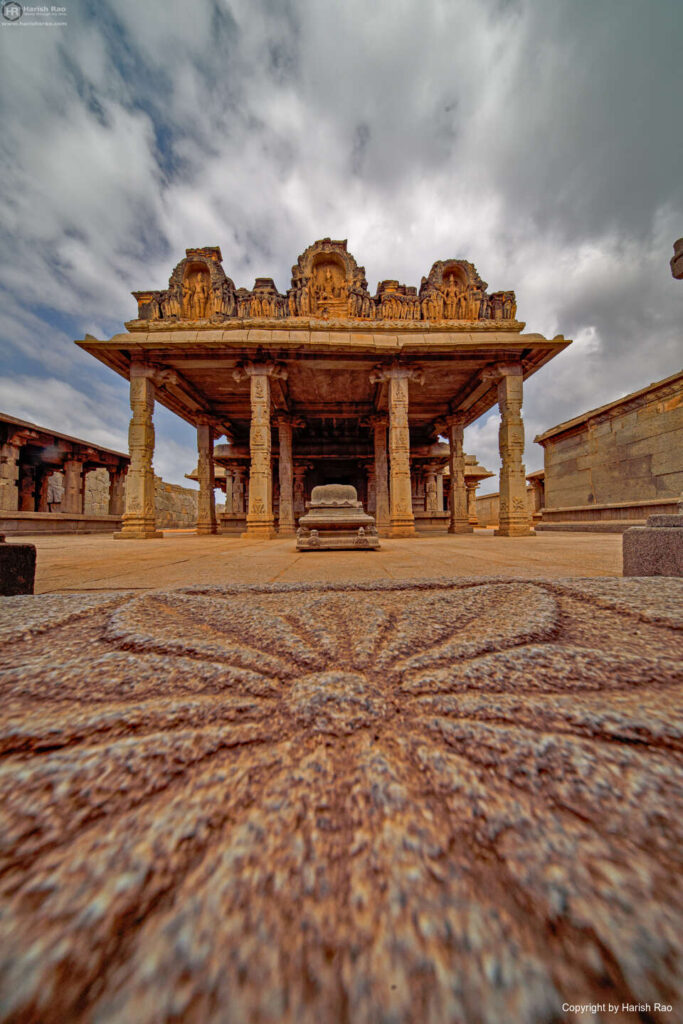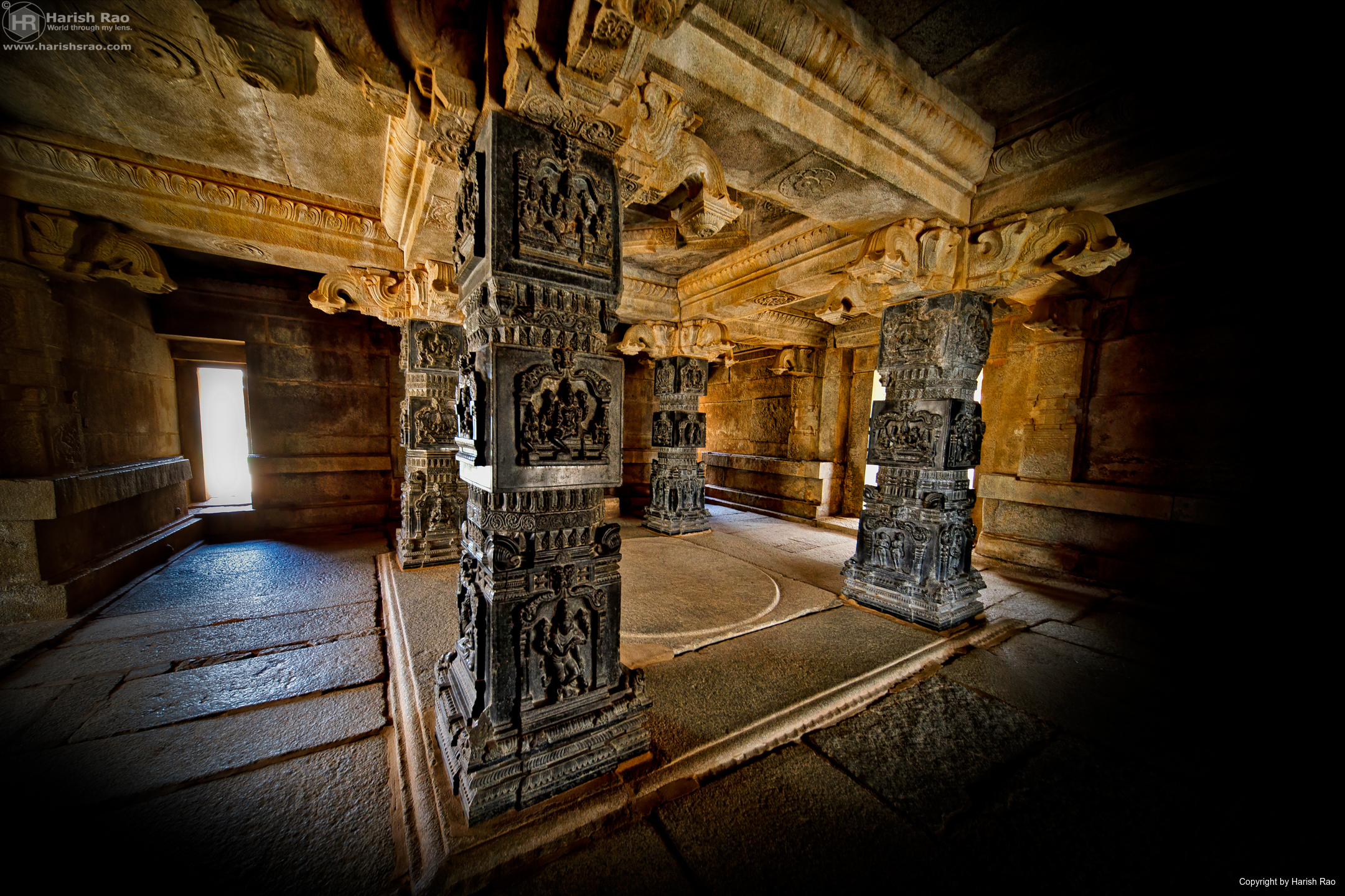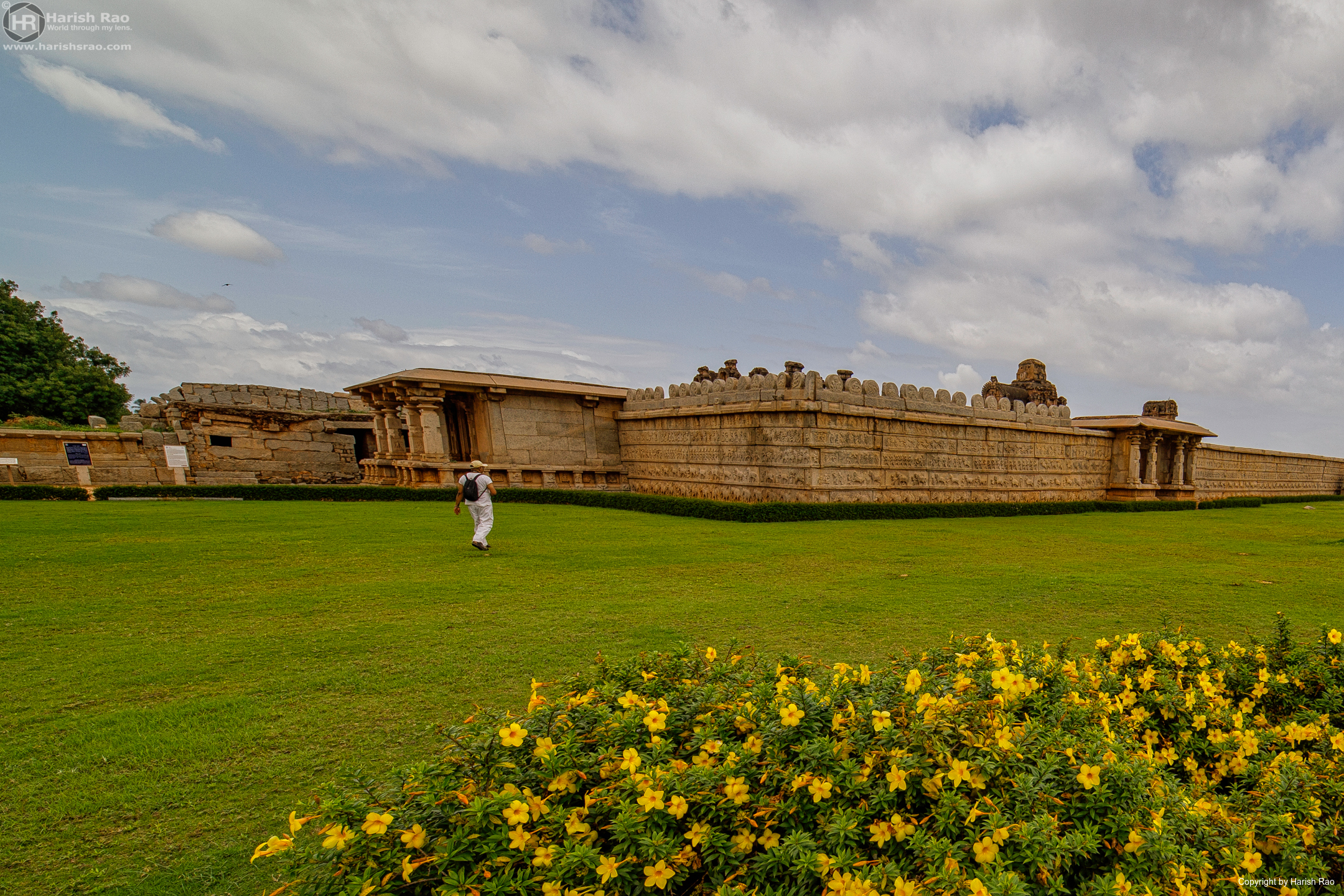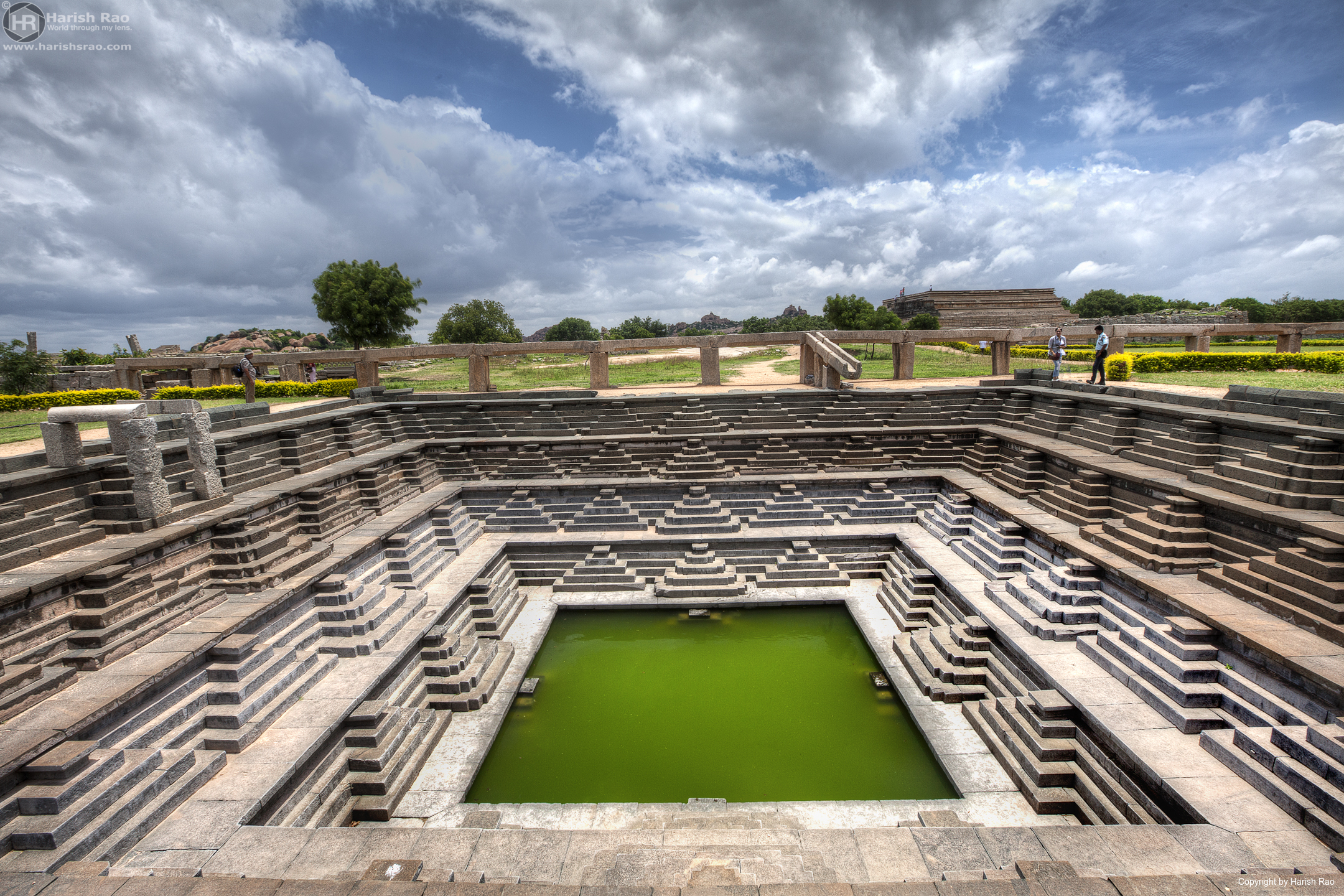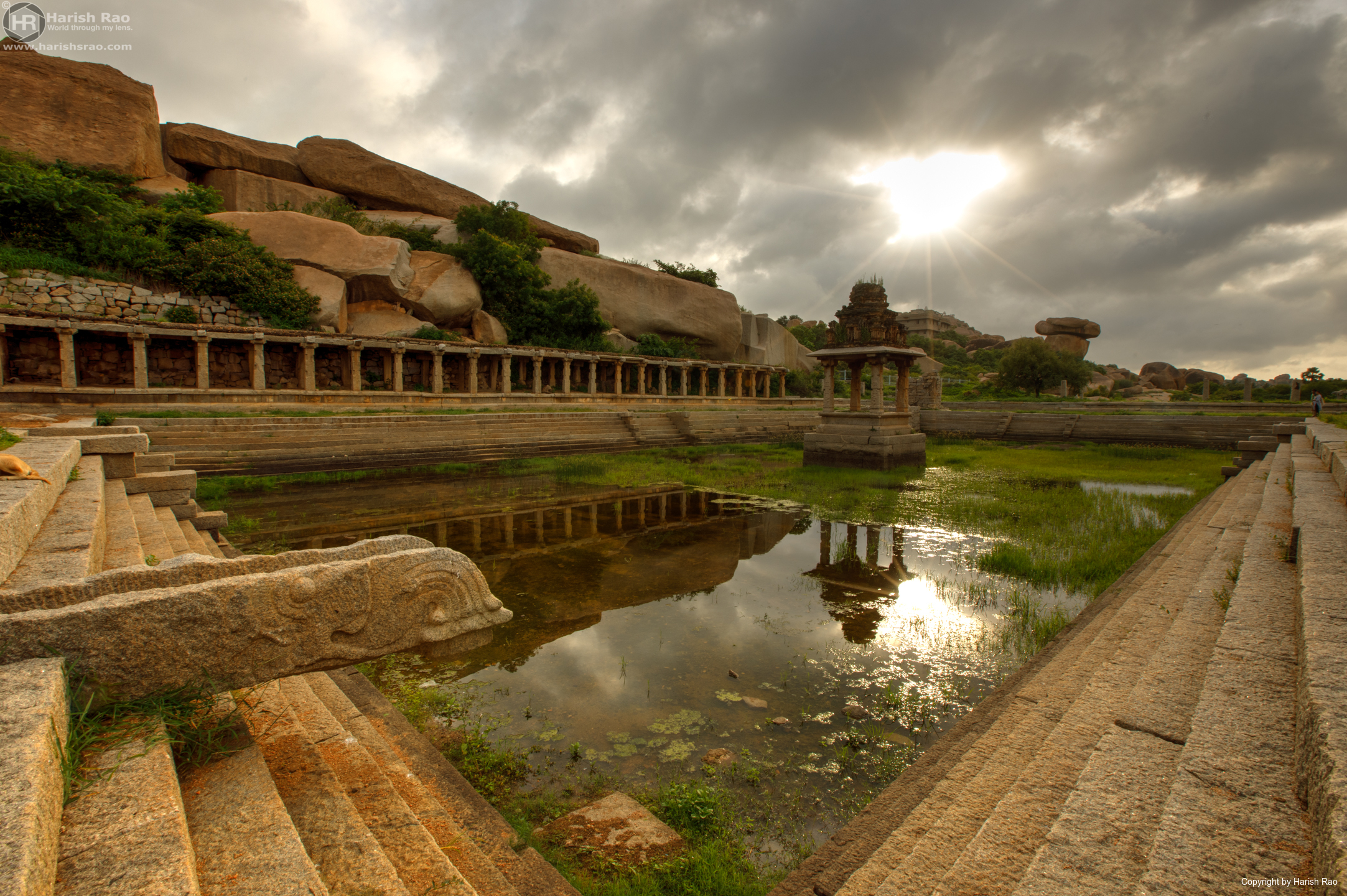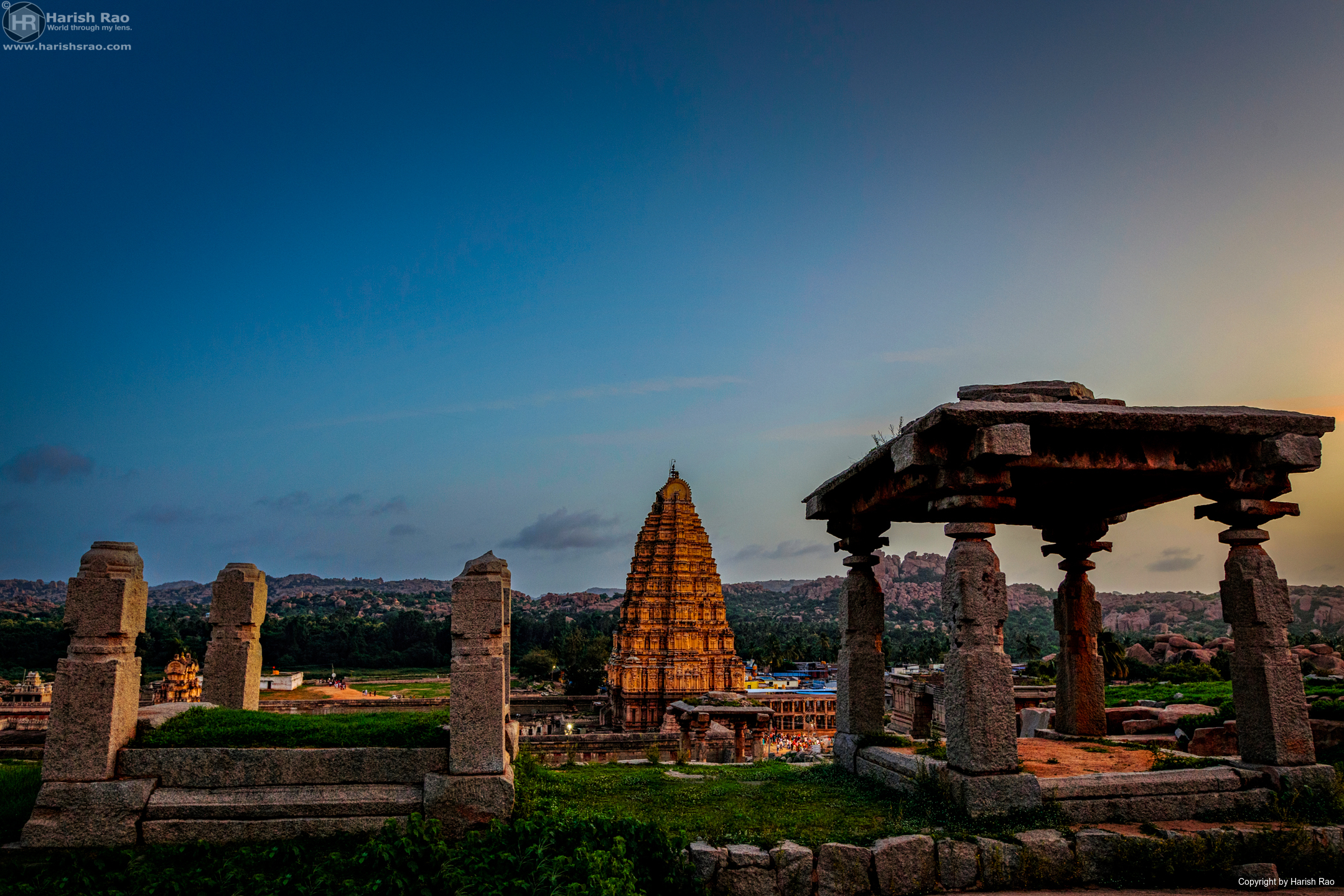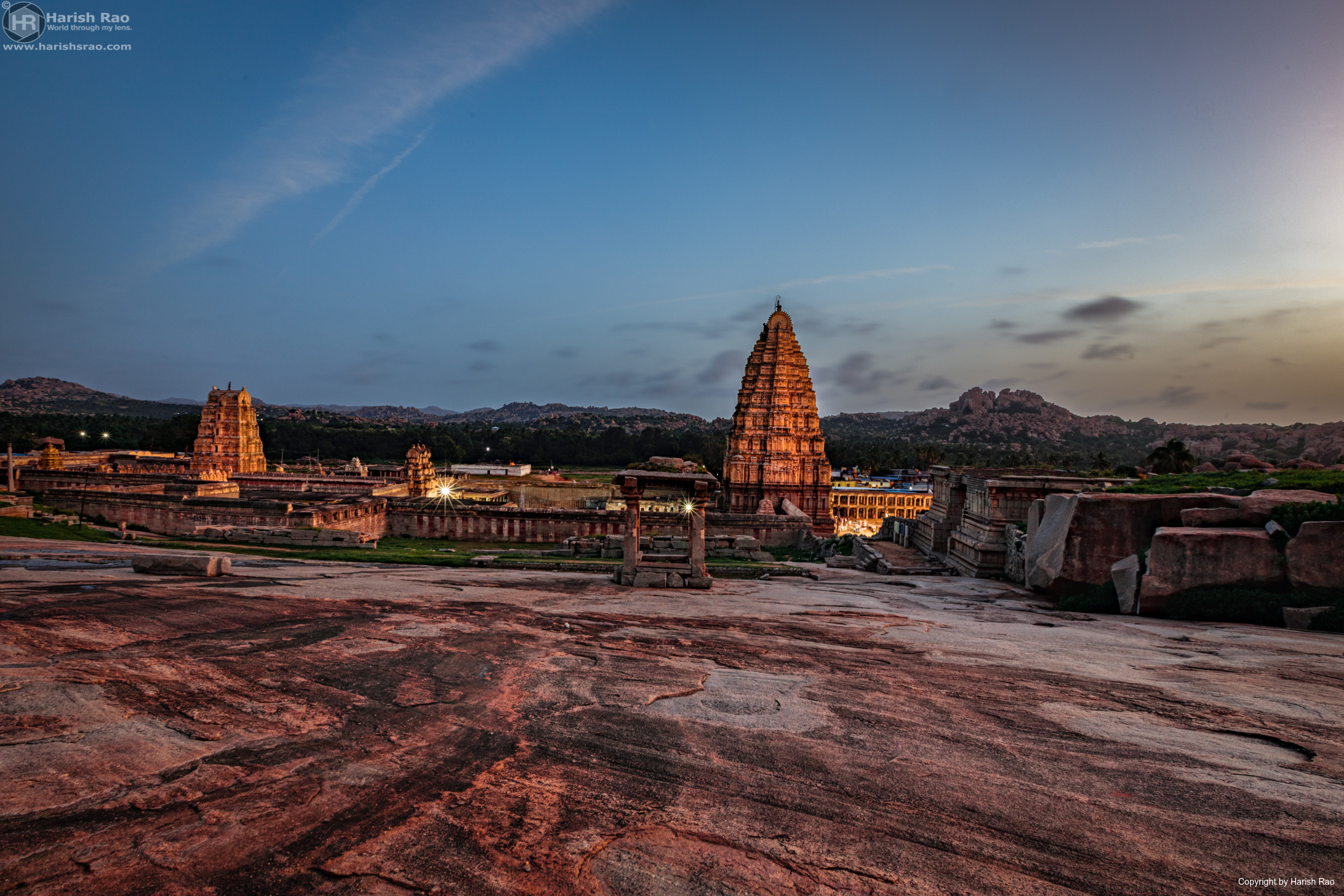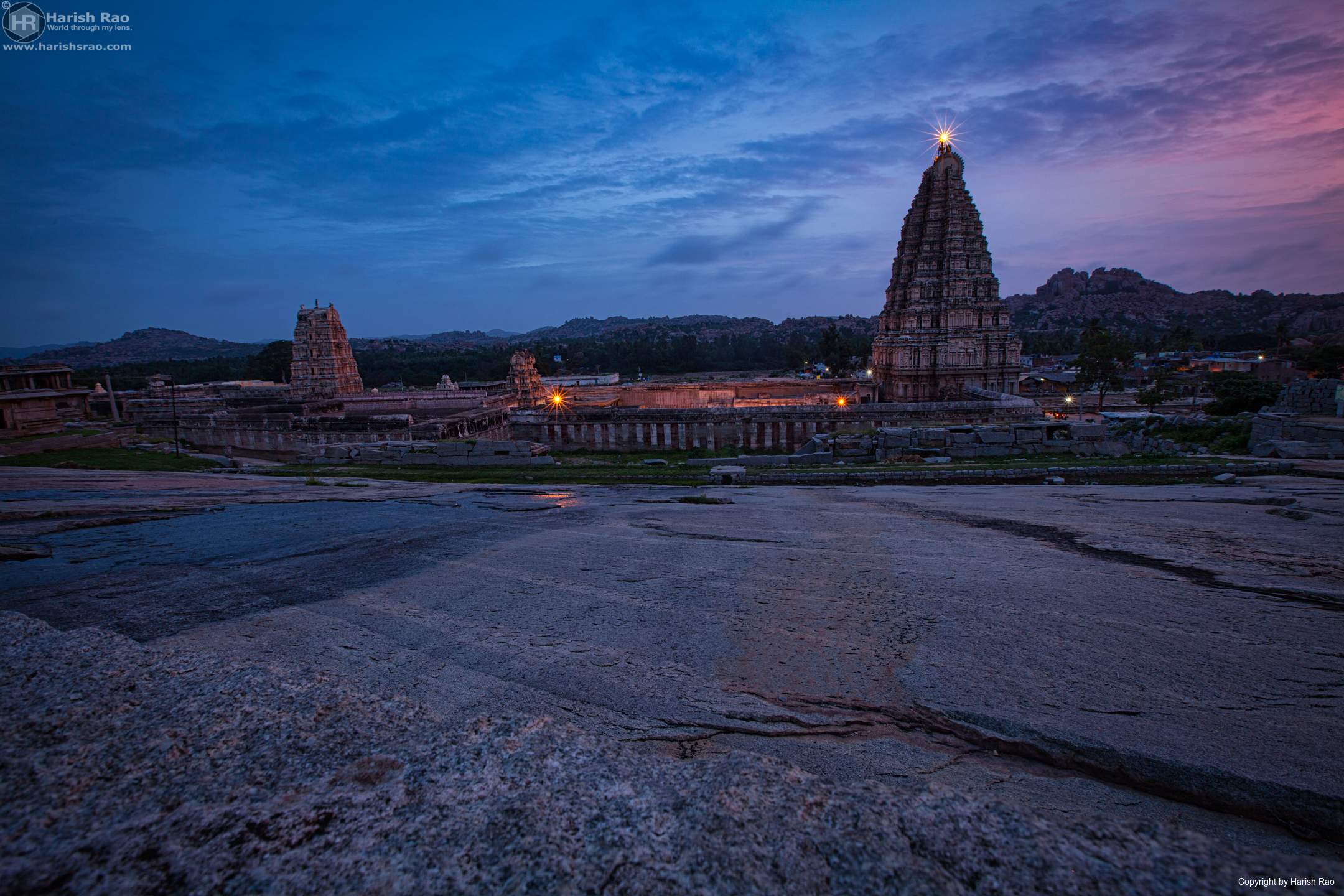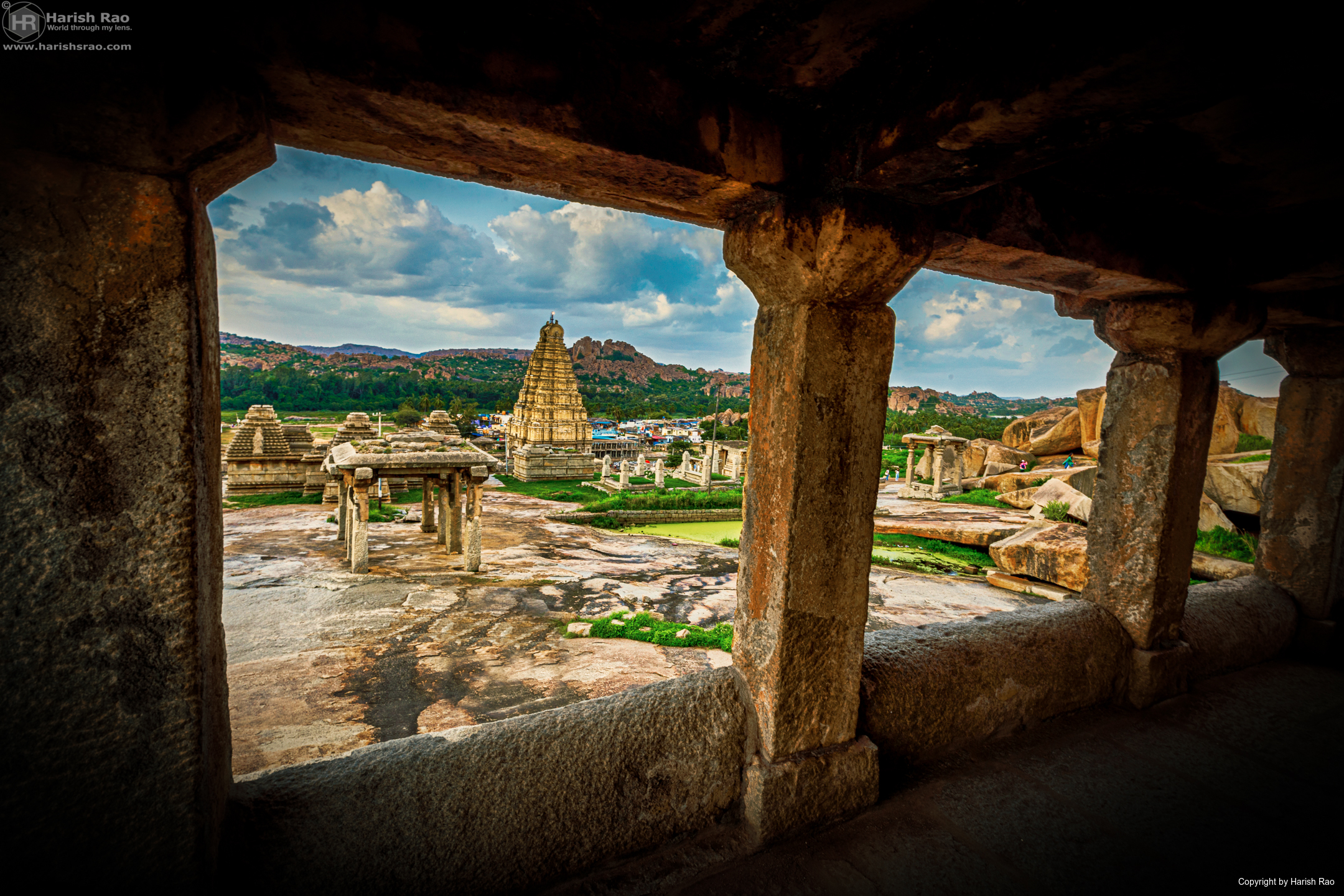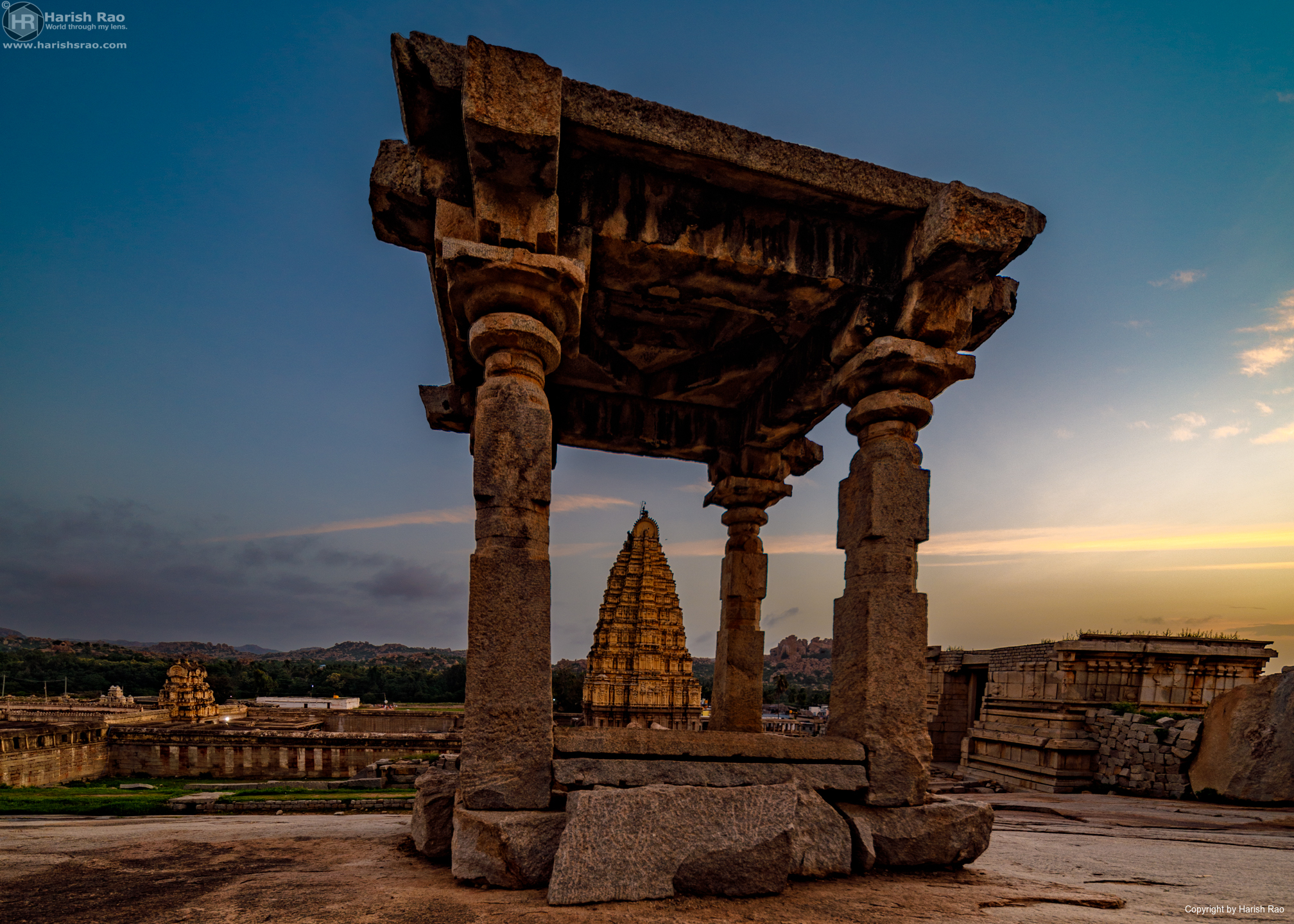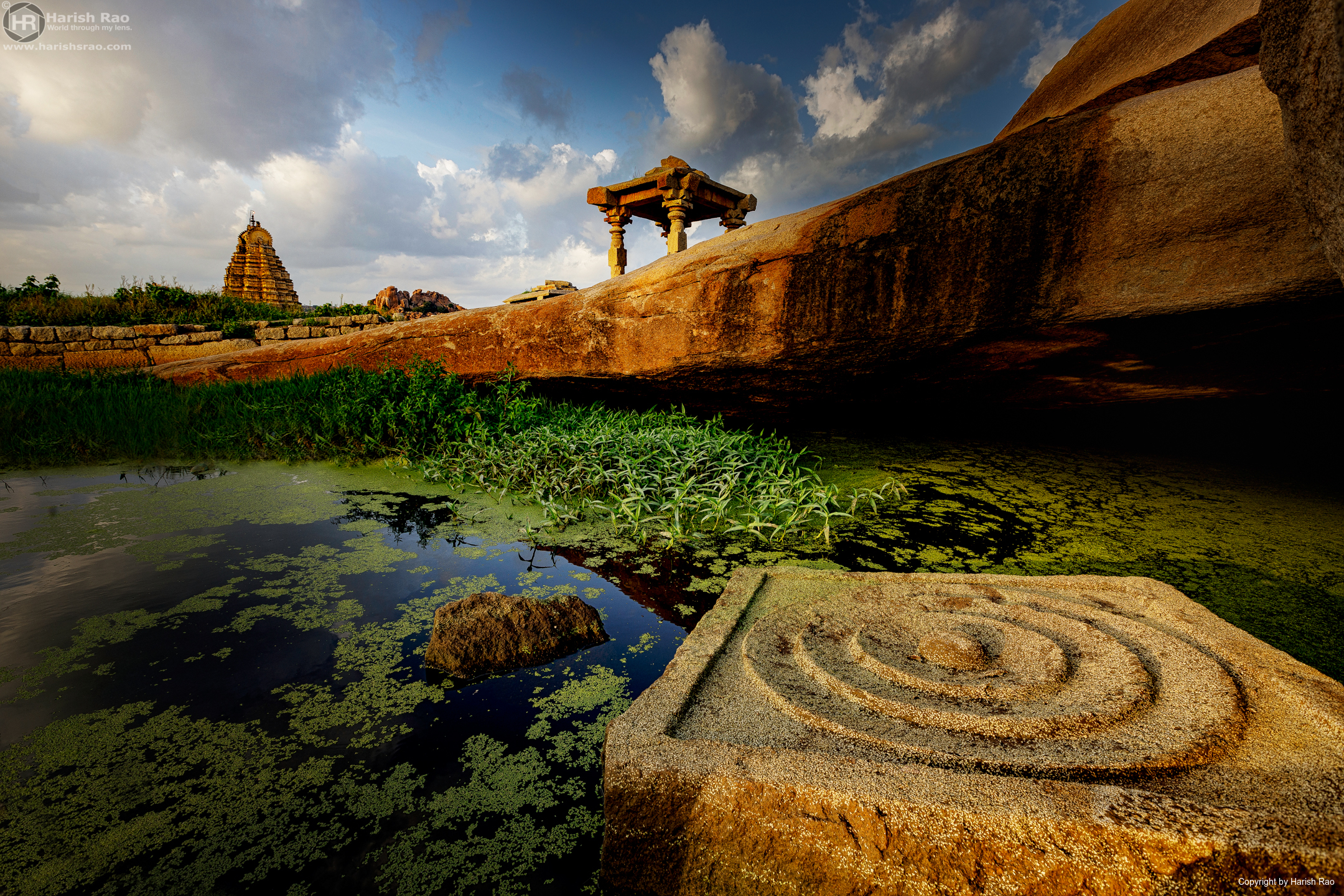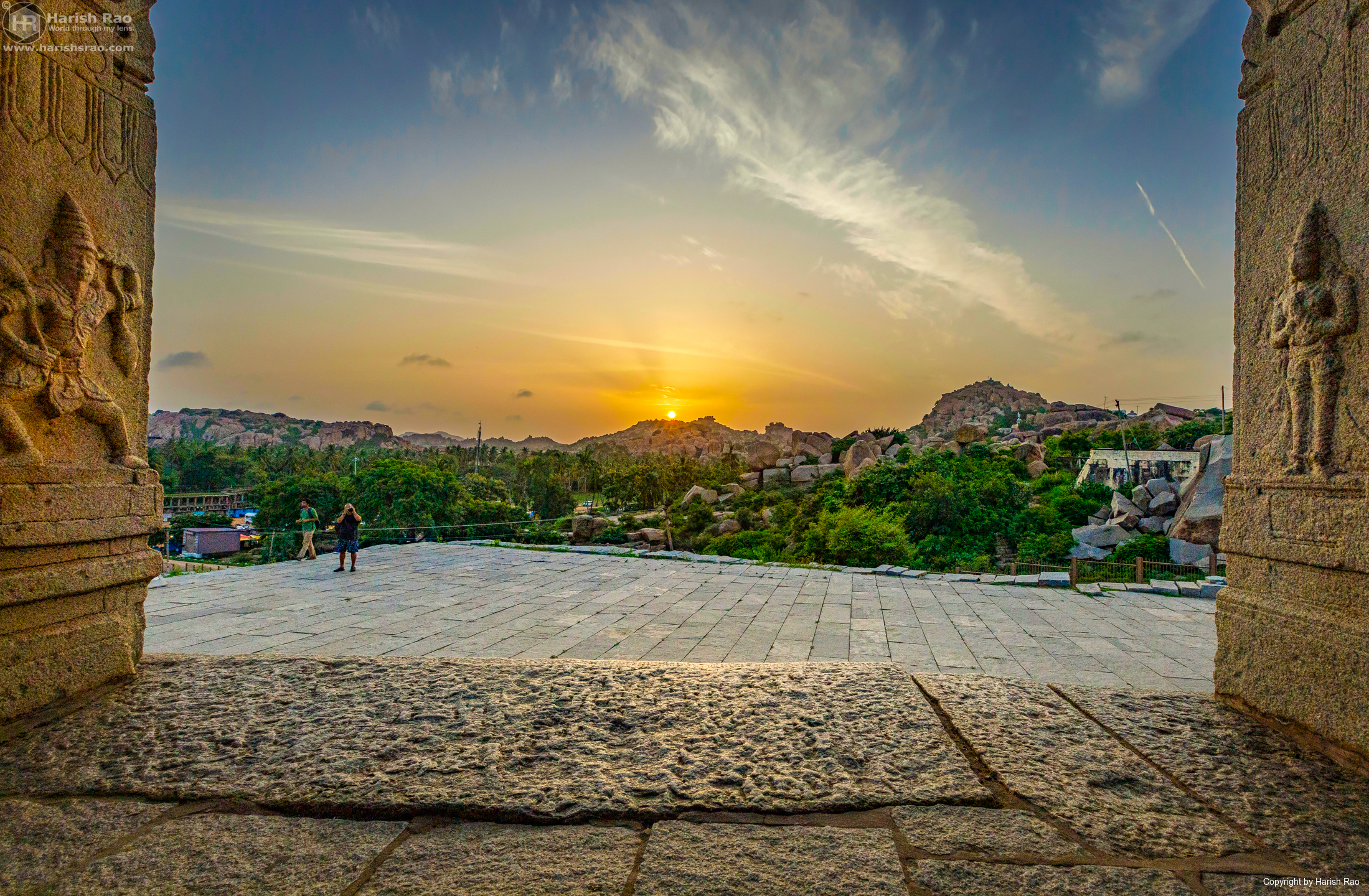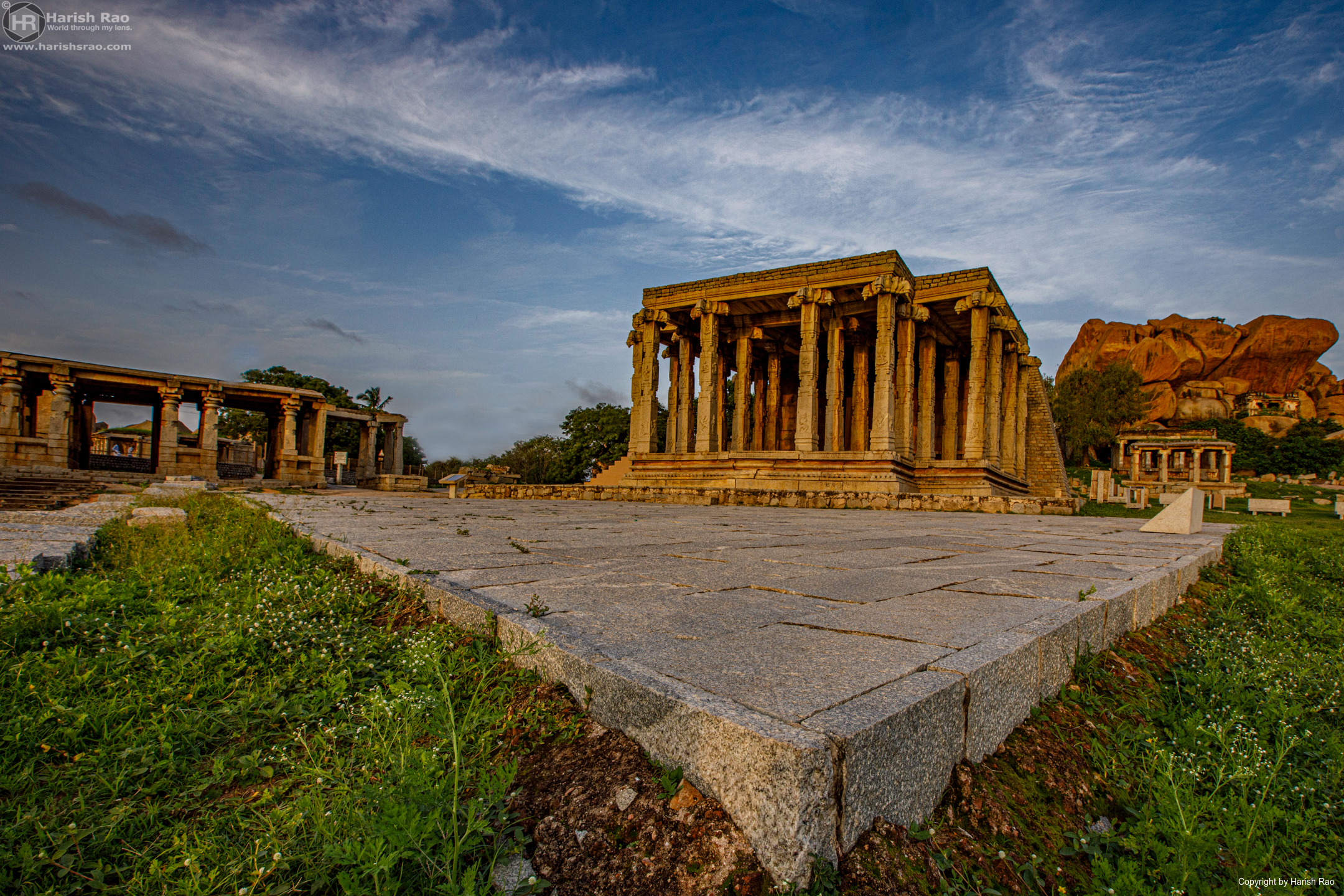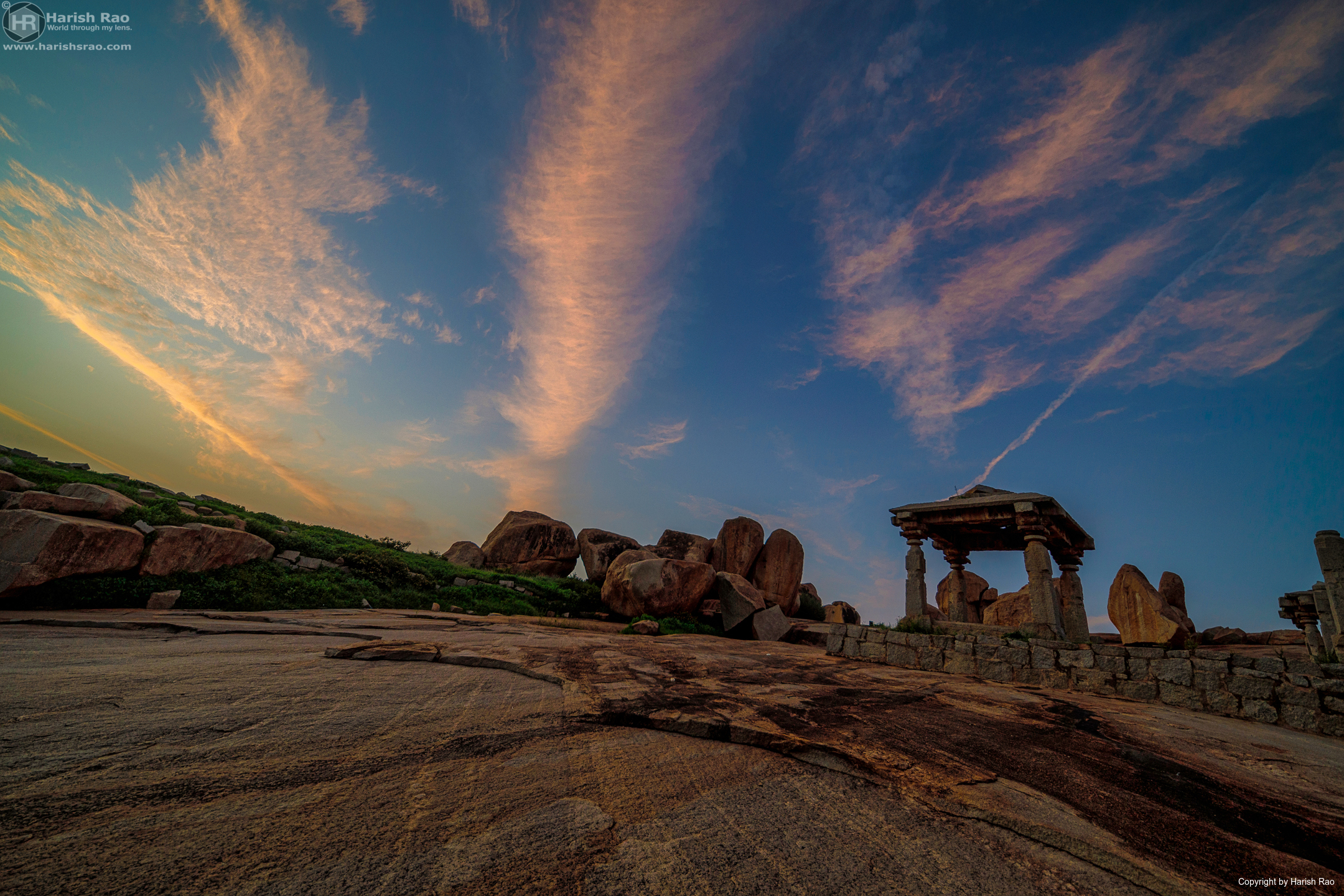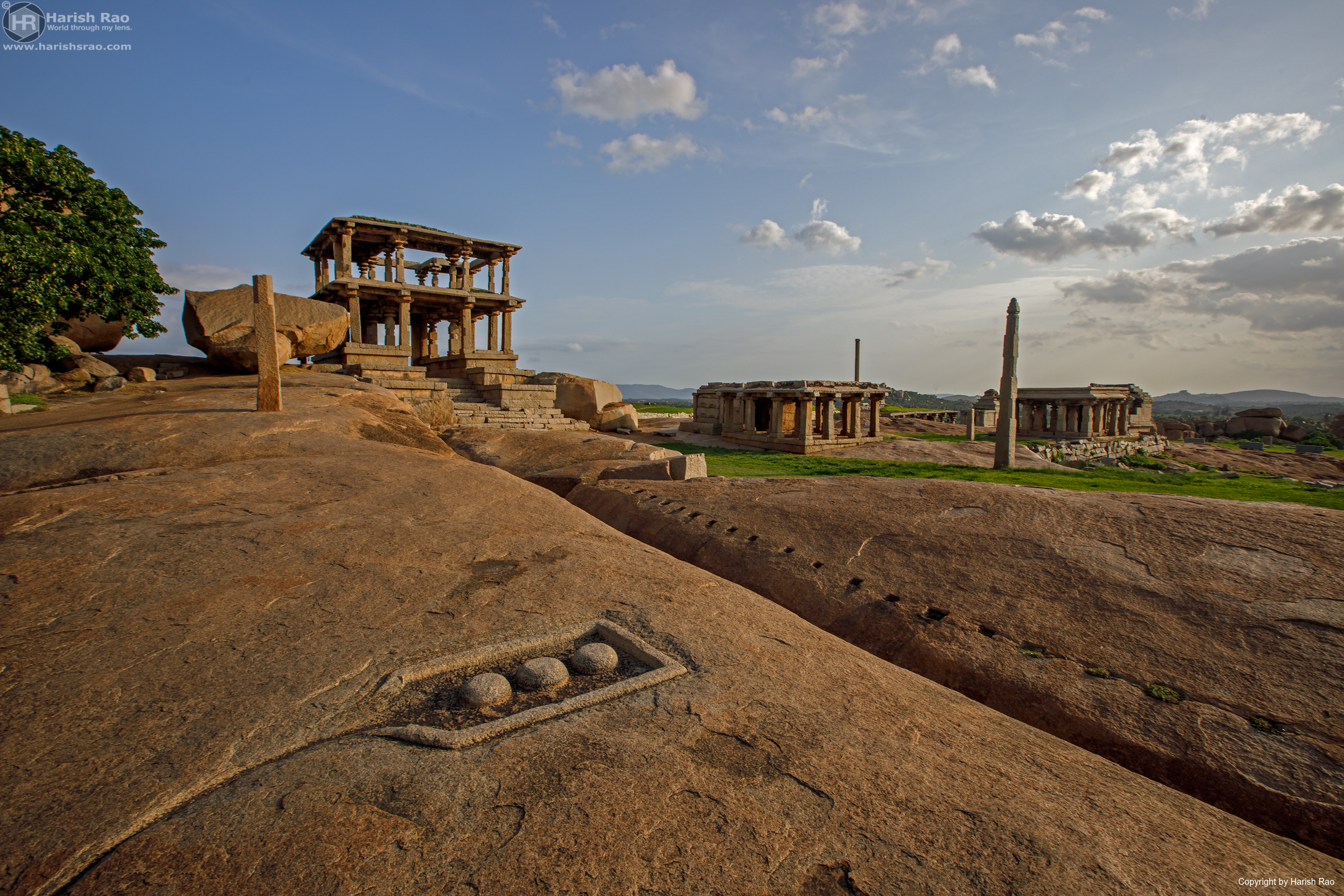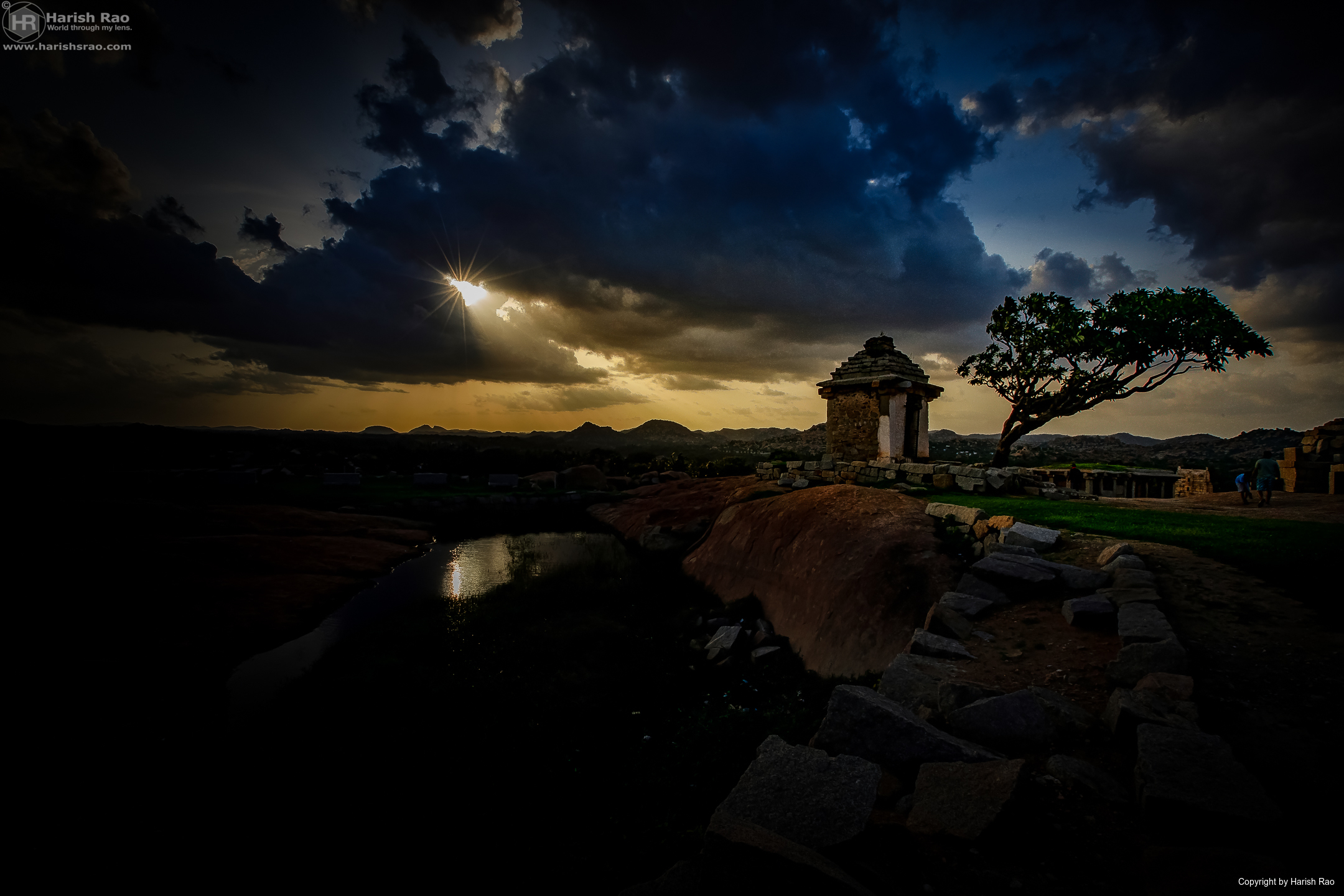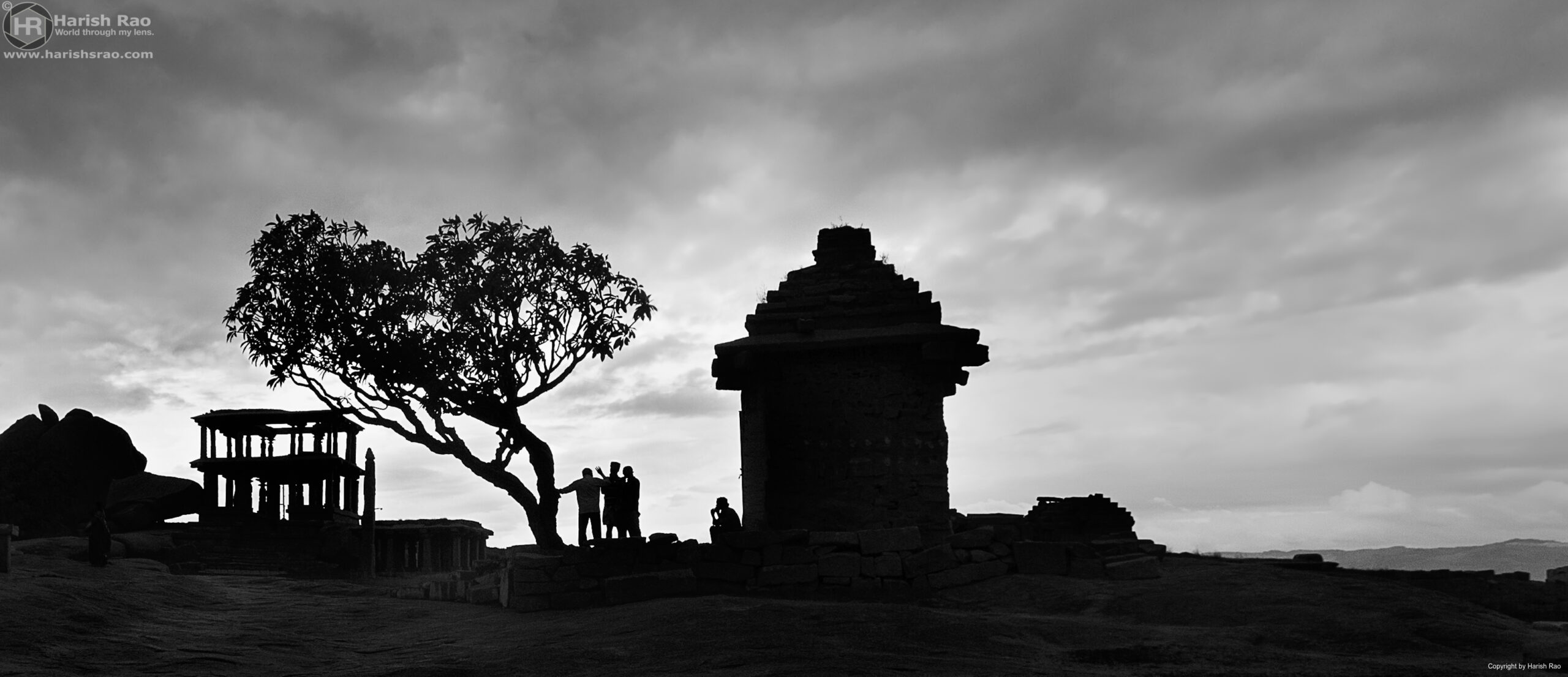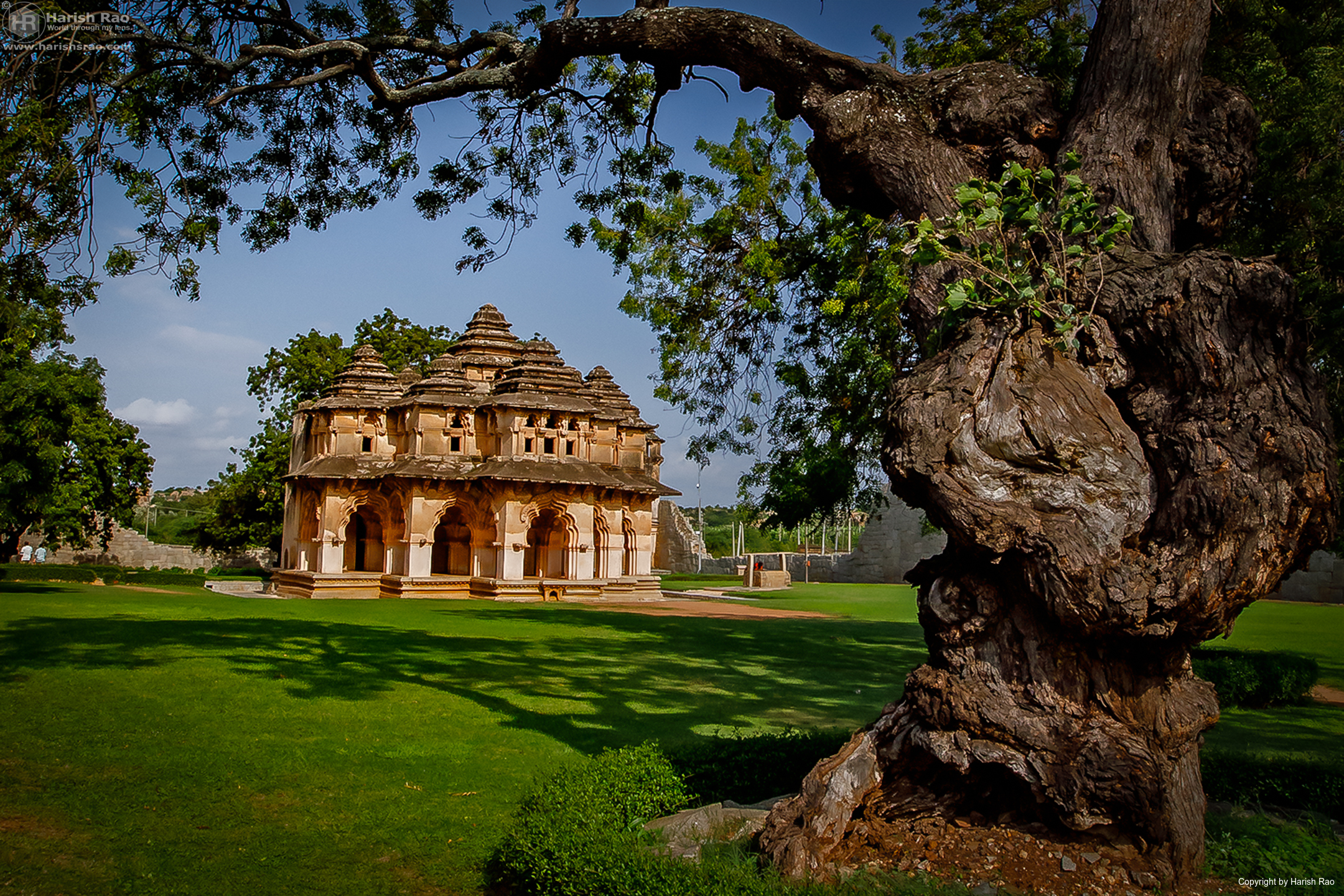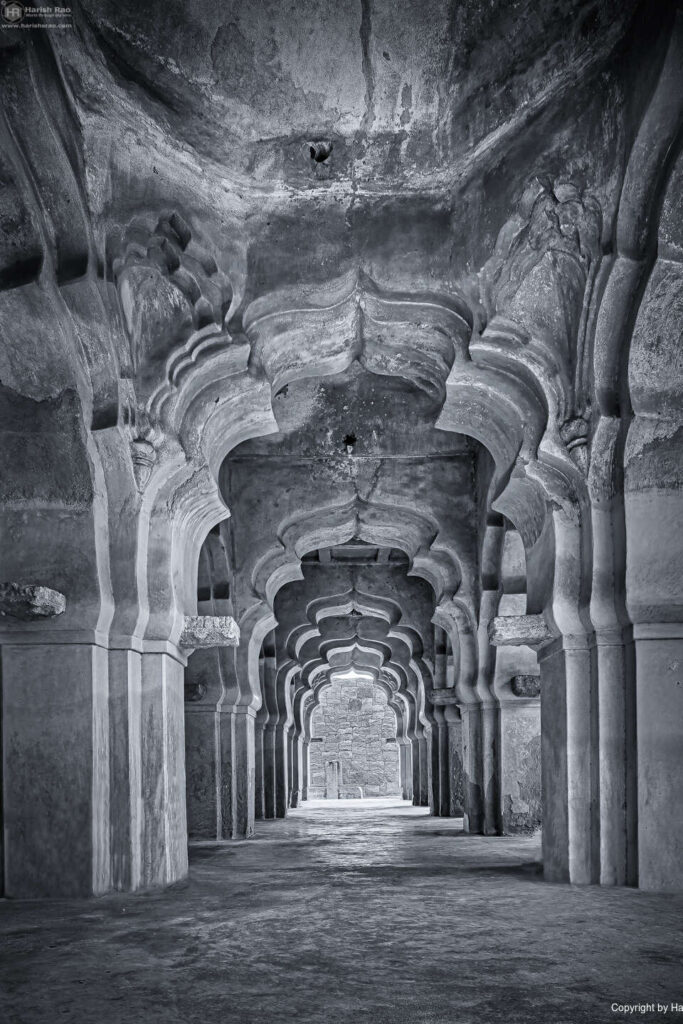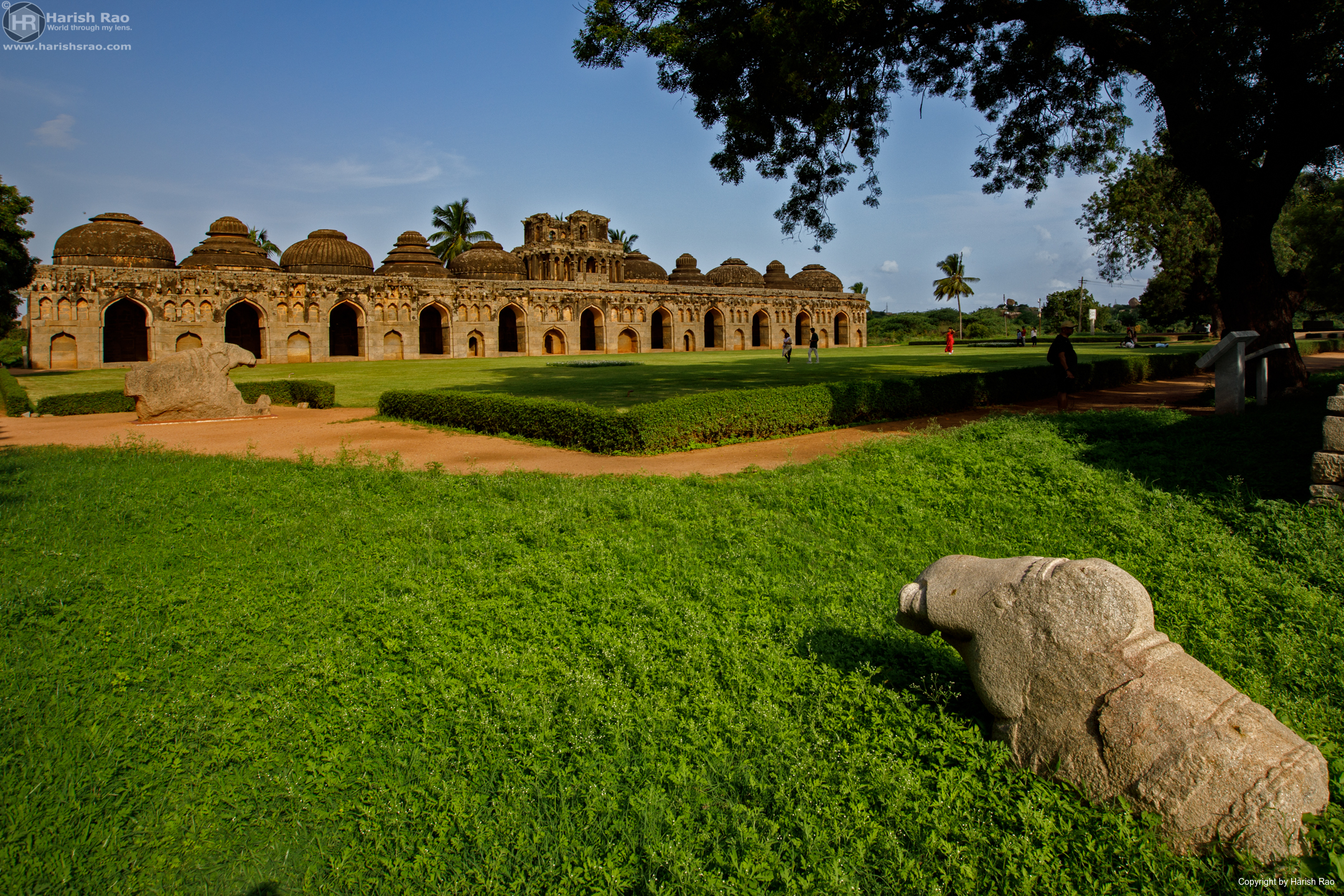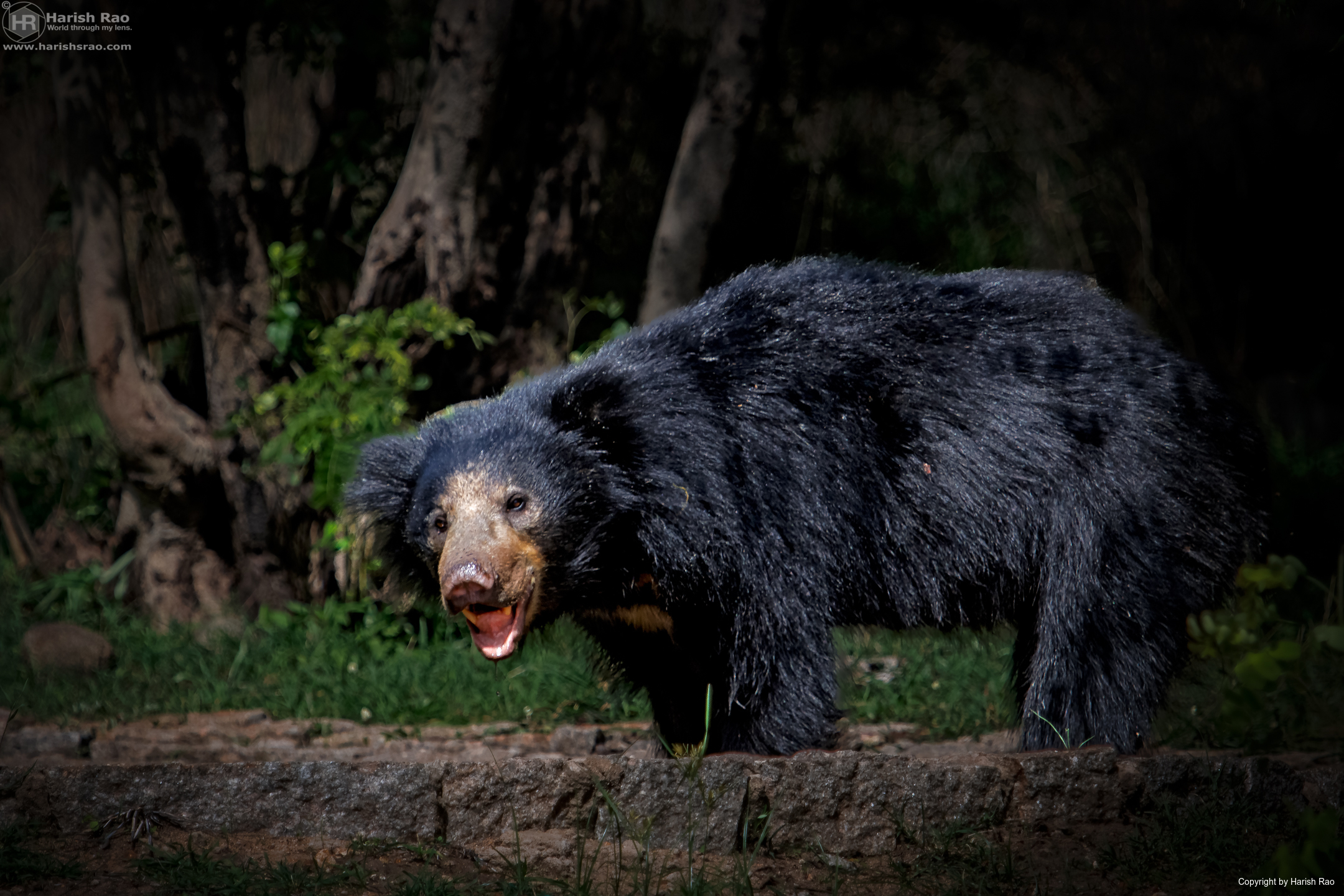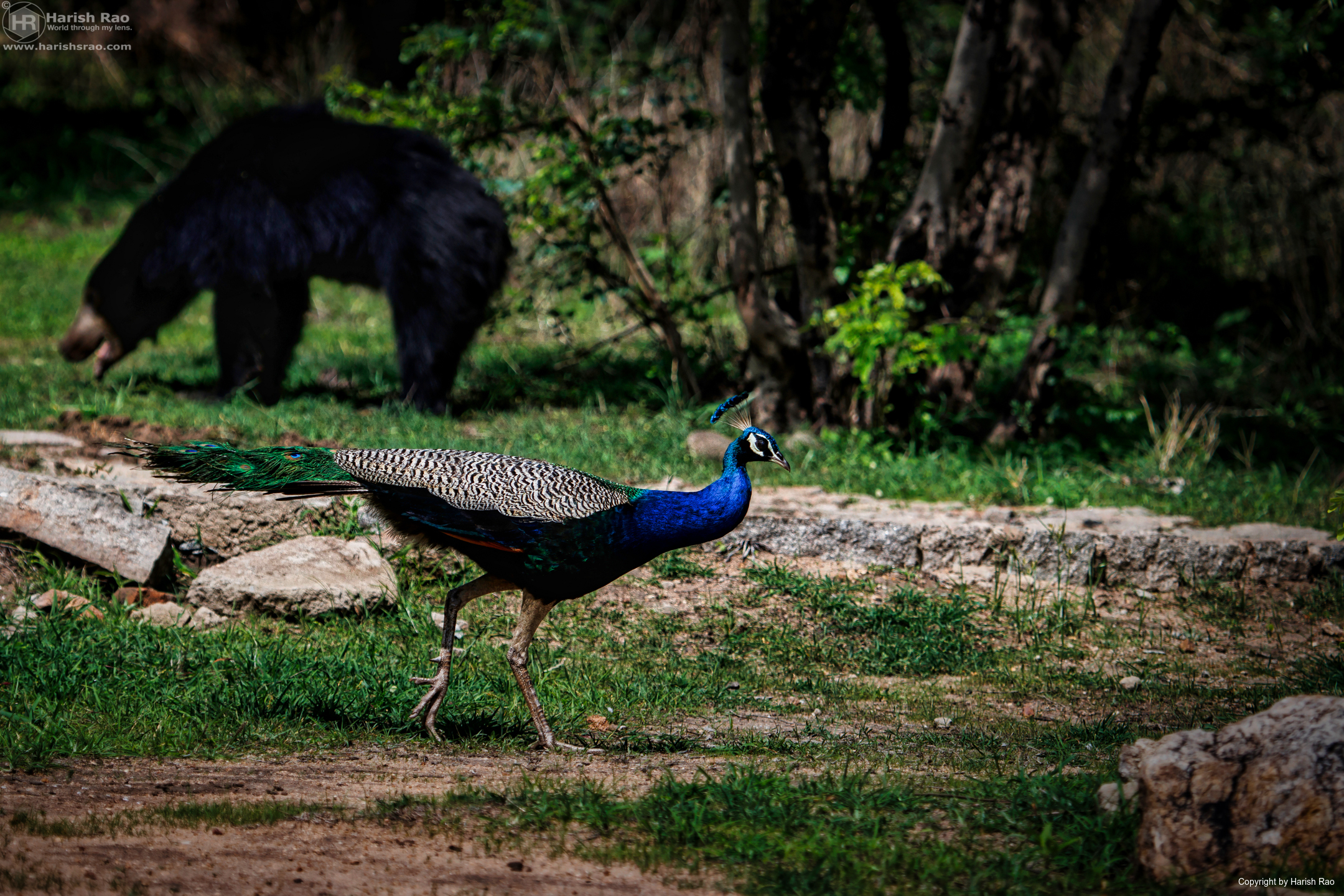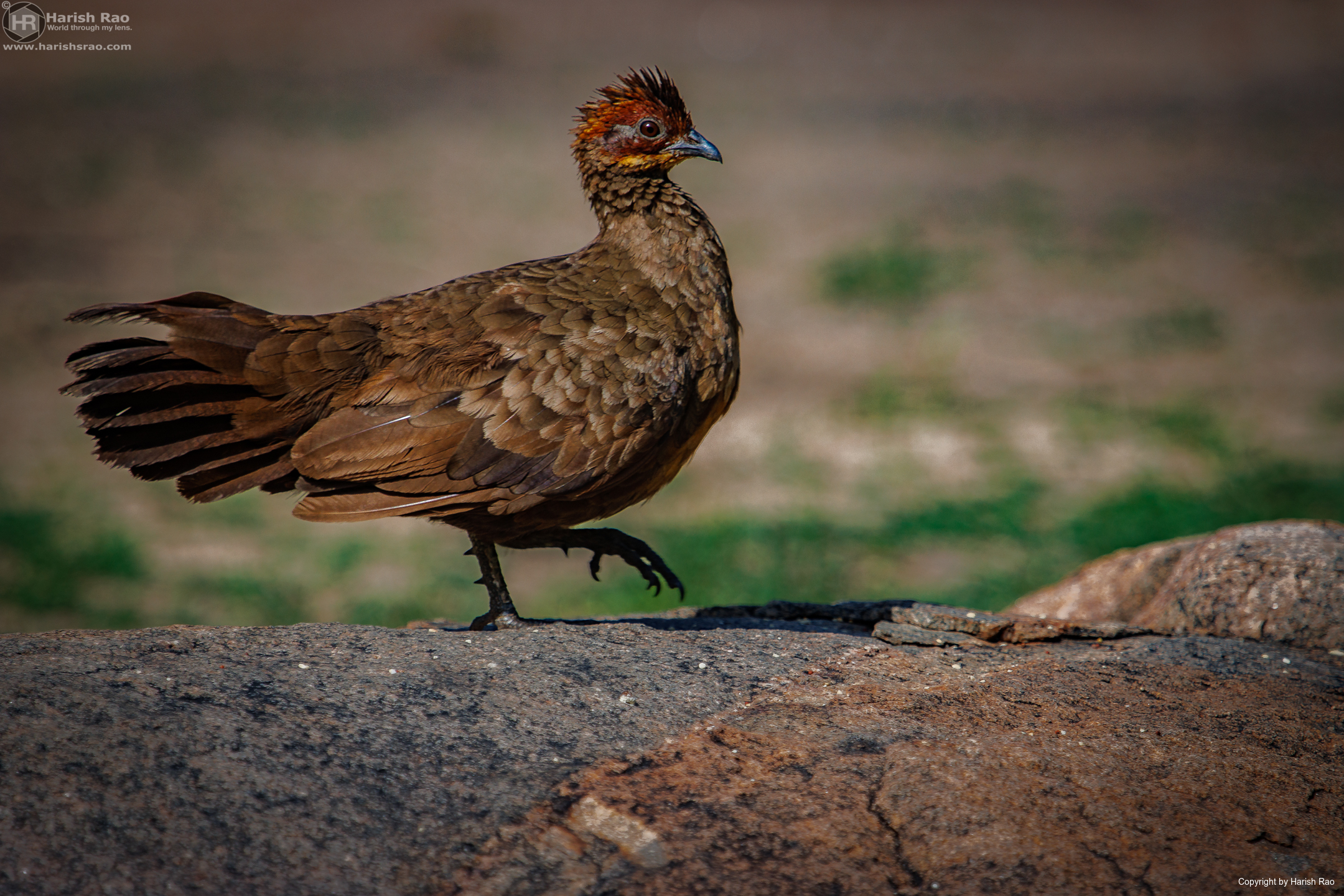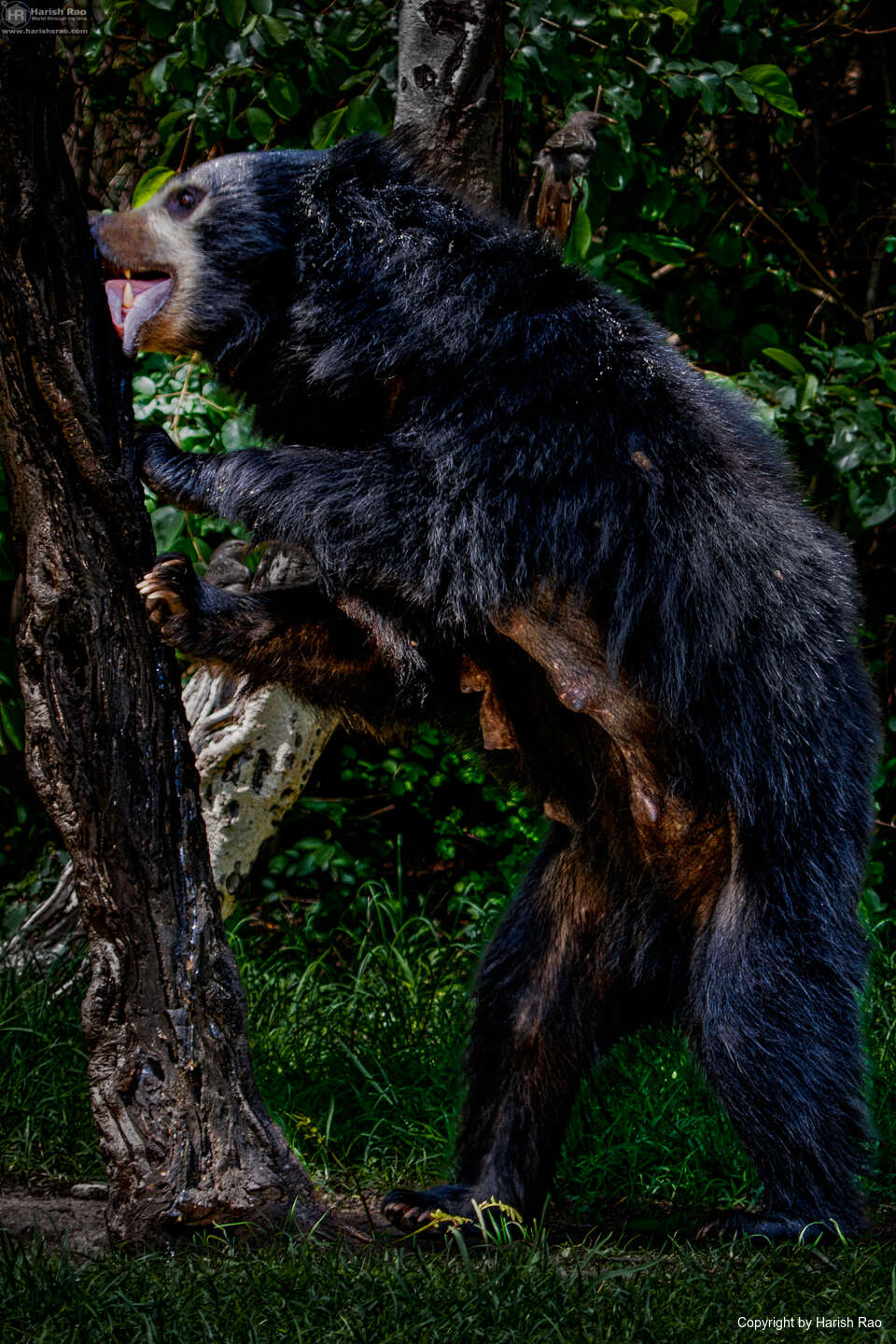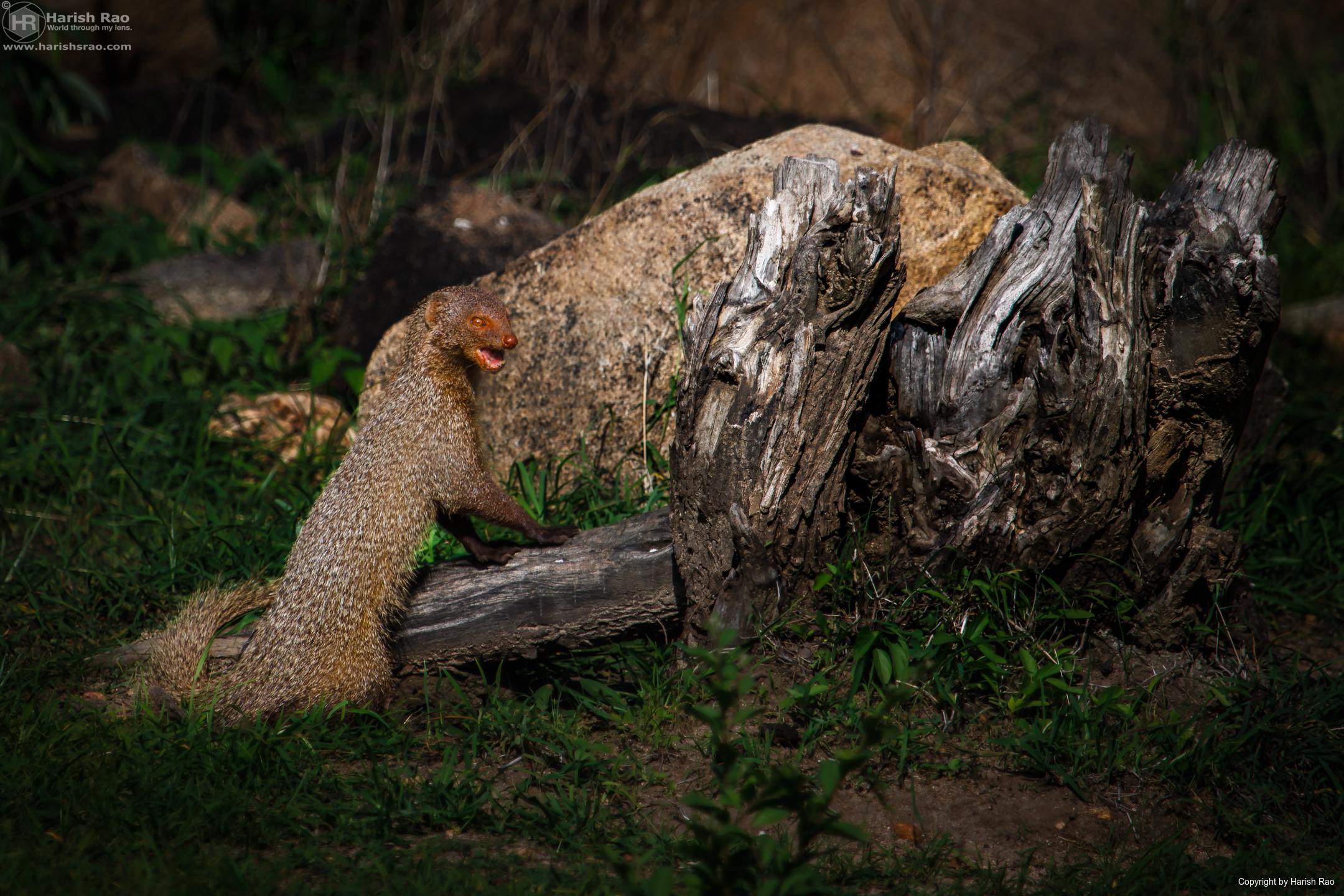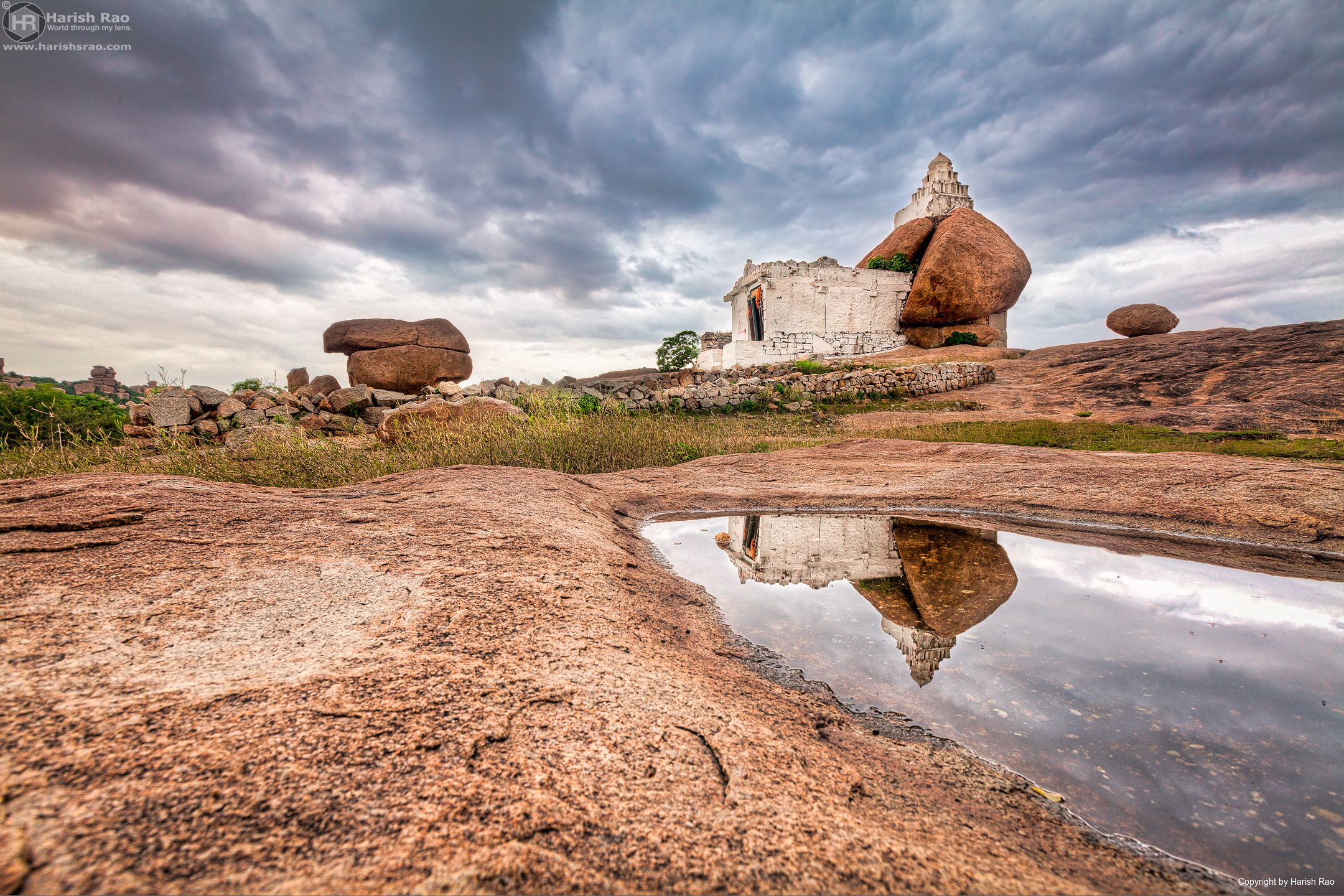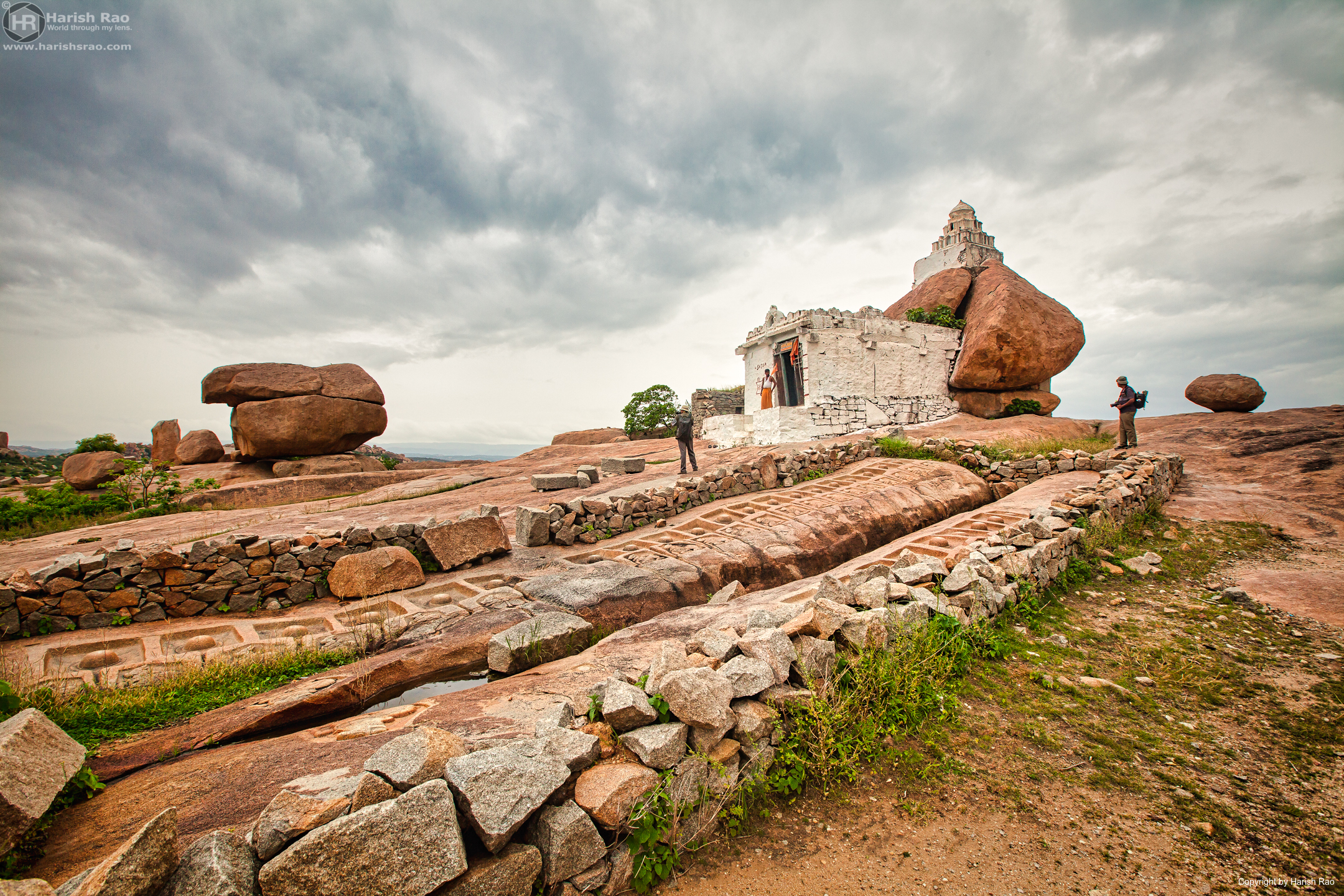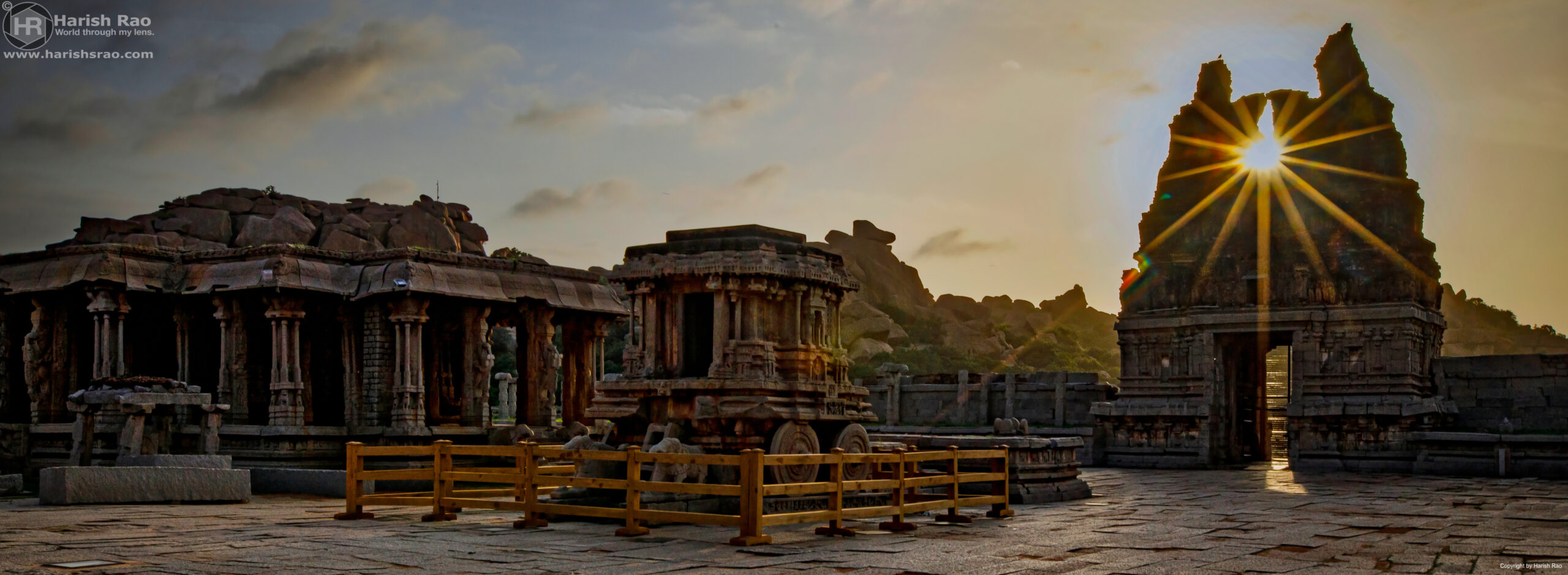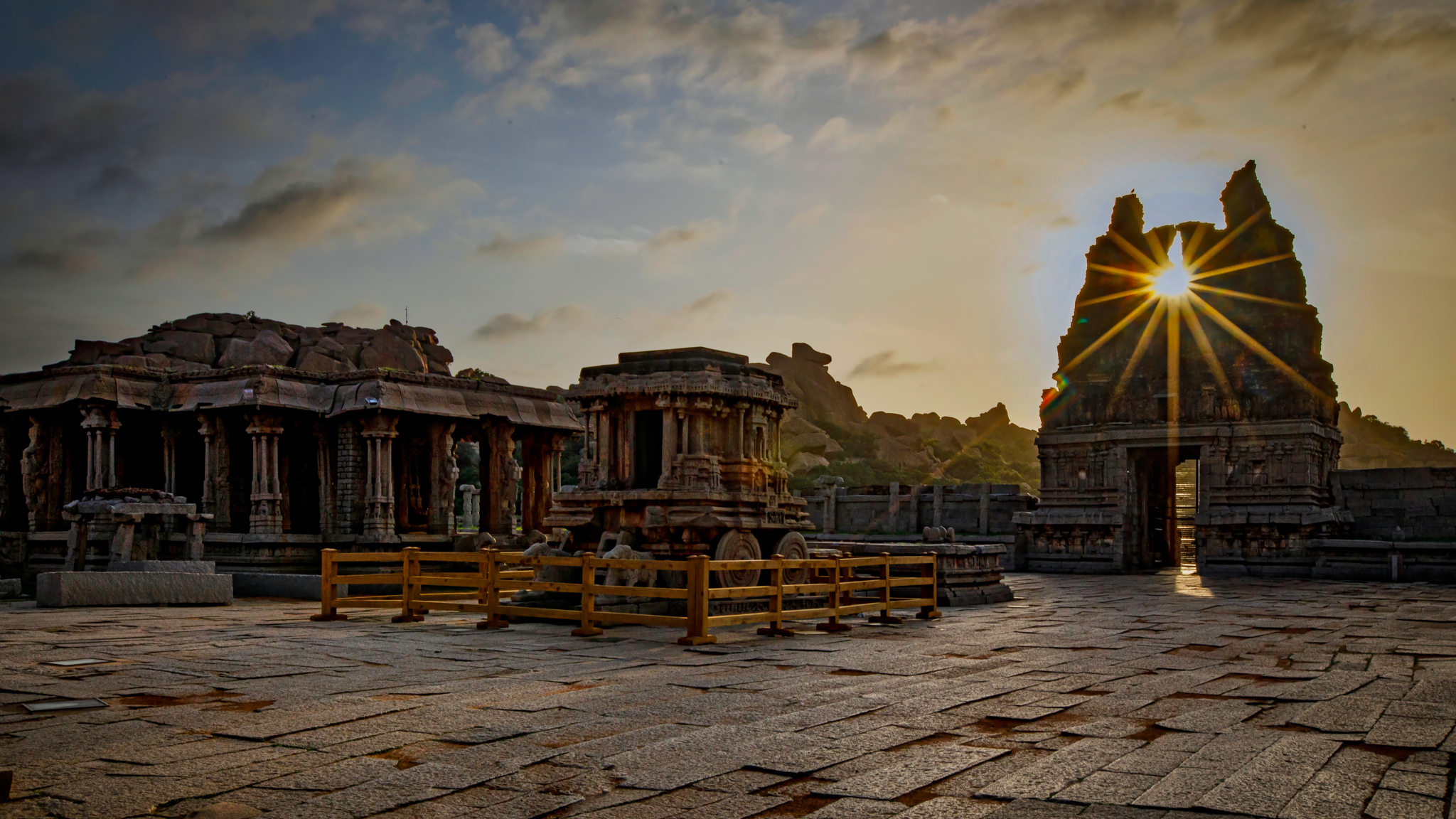
Hampi: The Ancient Ruins and Timeless Splendor
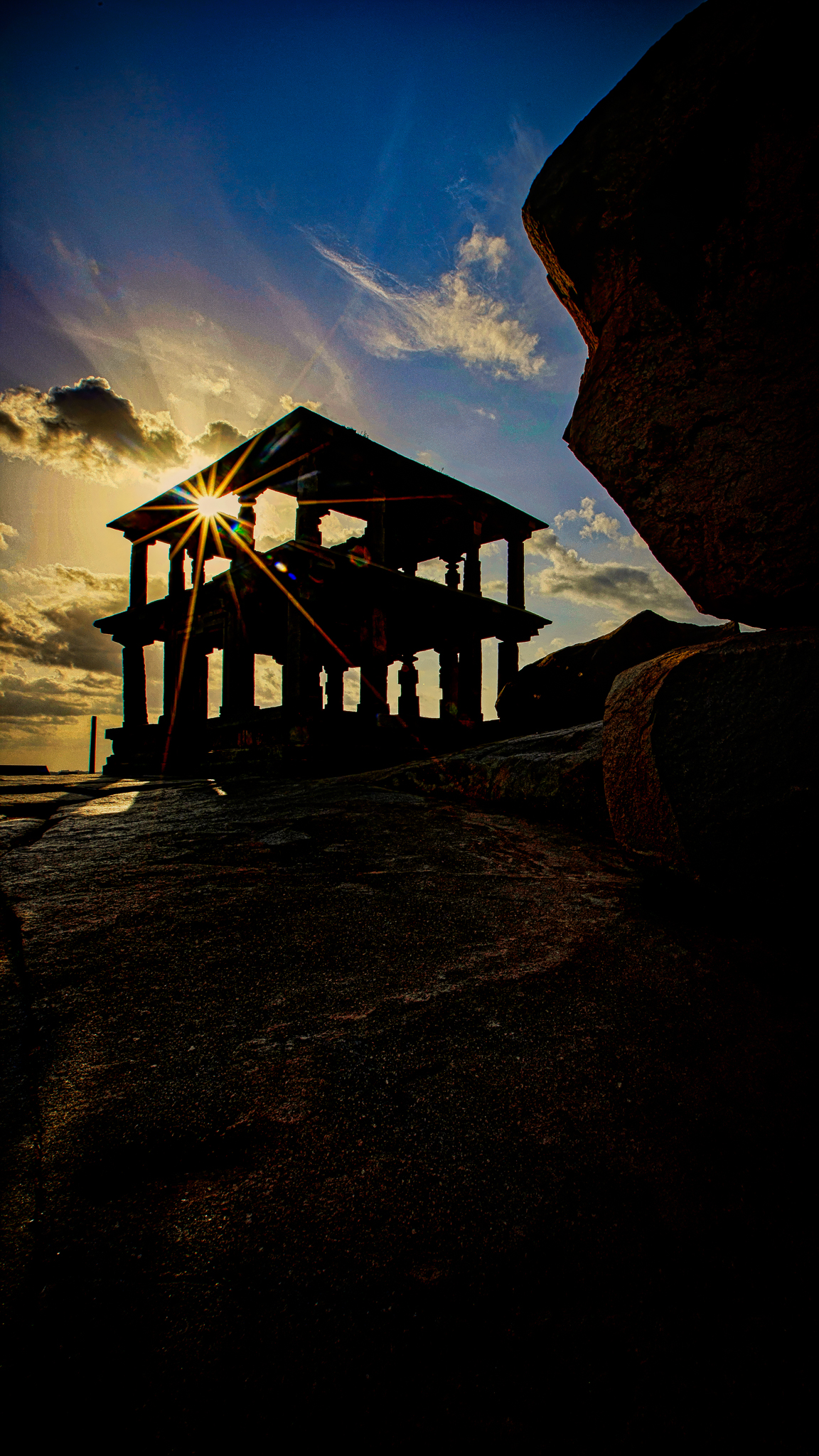
Hampi: The Ancient Ruins and Timeless Splendor
About Hampi:
Nestled in the heart of Karnataka, India, Hampi stands as a living testament to the grandeur of a bygone era. This UNESCO World Heritage Site transports visitors to a realm where history and architecture intertwine, painting a vivid picture of the past.
Hampi was once the glorious capital of the mighty Vijayanagara Empire, a flourishing civilization that spanned from the 14th to the 16th century. The landscape is adorned with a captivating ensemble of majestic temples, intricate carvings, sprawling bazaars, and remarkable ruins that speak volumes of the empire’s cultural and artistic prowess.
Whether you’re an avid history enthusiast, an architectural admirer, or simply seeking a unique travel experience, Hampi offers a journey through time that is nothing short of enchanting.
Reaching Hampi from Bangalore:
By Car: The distance between Bangalore and Hampi is approximately 350-370 kilometers, and the journey takes around 6 hours, depending on traffic and route. You can take National Highway 48 (NH48) or National Highway 50 (NH50) to reach Hampi.
By Bus: Luxurious state-run buses operate between Bangalore and Hampi. You can check with Karnataka State Road Transport Corporation (KSRTC) for schedules and fares. Overnight buses are available, which can be a convenient option.
By Train: There is no direct train to Hampi, but you can take a train from Bangalore to Hospet Junction, which is the nearest railway station to Hampi. After arriving at Hospet Junction, you can hire a taxi, auto-rickshaw, or take a local bus to reach Hampi, which is approximately 13 kilometers away.
The Grand Vijaya Vittala Temple of Hampi:
Set against the backdrop of Hampi’s rugged landscapes, the Vijaya Vittala Temple stands as a captivating reminder of magnificent 16th-century Dravidian and Vijayanagara architectural styles. Set against the backdrop of Hampi’s rugged landscapes, the Vijaya Vittala Temple stands as a captivating reminder of a glorious era, inviting visitors to immerse themselves in the grandeur of India’s rich heritage.
Nestled within the Vittala Temple complex, is the intricately carved chariot sculpture that stands as a testament to the artistic prowess of the Vijayanagara Empire. Carved out of a single massive boulder, the chariot’s intricate details, including ornate wheels and meticulous carvings, that evokes a sense of awe and wonder. The stone chariot is a representation of the divine vehicle (vahana) of Lord Vishnu, specifically associated with his form as Lord Venkateshwara.
The Kalyana Mantapa, nestled within the majestic precincts of the Vijaya Vittala Temple in Hampi, stands as a testament to the architectural brilliance of the Vijayanagara Empire. This splendid ceremonial hall, adorned with intricate carvings and ornate pillars, serves as a stunning backdrop for the sacred rituals and festivities that have graced its halls for centuries. Crafted from the resilient granite that characterizes the region, the Kalyana Mantapa exudes an aura of timeless elegance and spiritual significance. Its intricately sculpted pillars, each telling stories of mythological significance, transport visitors to an era of grandeur and opulence. As sunlight filters through the delicately carved screens, casting mesmerizing patterns on the stone floor, one can’t help but marvel at the skill and vision of the artisans who brought this architectural marvel to life.
The Ranga Mantapa is located in front of the Stone Chariot. The Ranga Mantapa is a 56 pillared hall within the Vittala Temple complex which is a visual and auditory delight that leaves visitors marveling at the skills of its creators. These pillars are more than just load-bearing elements; are endowed with a unique ability—the ability to produce musical sounds when struck gently. Known as the “Musical Pillars” or “Singing Pillars,” each pillar emits a distinct musical note, reminiscent of various musical instruments.
The Vijaya Vittala Temple is more than just stone and art; it is a living embodiment of cultural and spiritual aspirations, inviting us to contemplate the interplay between human ingenuity and divine reverence across the ages.
A walk along the riverside behind the Vijaya Vittala temple will present a number of interesting carvings on the river bed. You can also spot the Hanuman Langurs performing antics and readily posing for a portrait.
The Hazara Rama Temple dedicated to Lord Rama, has intricately carved walls and ornate bas-reliefs. It narrates the epic tales of the Ramayana with unparalleled detail and finesse. As one enters the temple complex, they are greeted by a series of captivating sculptures that adorn the outer walls, depicting scenes from the divine life of Lord Rama, from his birth to his triumphant return to Ayodhya. The sanctum sanctorum houses a beautifully sculpted idol of Lord Rama, accompanied by his consort Sita and brother Lakshmana.
The name “Hazara Rama” translates to “Thousand Rama” in English. It is believed that the name “Hazara Rama” was given to the temple because of the multitude of carvings depicting the various episodes from the life of Lord Rama that adorn its walls. These carvings, numbering in the thousands, narrate the story of Lord Rama’s life, hence the name “Hazara Rama Temple.”
The Pushkarnis of Hampi:
Amidst its sprawling ruins and magnificent temples, two remarkable structures stand as testament to the grandeur of the Vijayanagara Empire: the Mahanavami Dibba and the Pushkarni.
Rising above the landscape, the Mahanavami Dibba, also known as the “Great Platform,” stands as a multi-tiered structure that once served as a grand ceremonial stage for the empire’s rulers. Built during the 15th century, this elevated platform allowed the monarch to witness various events and celebrations, symbolizing their authority and connection to their subjects.
Adjacent to the Mahanavami Dibba lies the Pushkarni, a stepped tank of spiritual significance. This rectangular reservoir played a vital role in the religious and ceremonial life of Hampi’s inhabitants. Pushkarnis were vital elements of temple complexes, providing a source of water for various rituals and ceremonies.
The Krishna temple, also called Balakrishna temple, is located on the other side of Hemakuta hill, to south of Virupaksha temple. In front of the ruined temple is a long market street, also referred to locally as the Krishna bazaar. To the north of this road and middle of the market is a large Pushkarani—a public utility-stepped water tank with an artistic pavilion in its centre. Next to the tank is a public hall (mandapa) for people to sit.
The Virupaksha Temple:
Virupaksha Temple is part of the Group of Monuments at Hampi, designated as a UNESCO World Heritage Site. The temple is dedicated to Sri Virupaksha, a form of Shiva. The temple is intact among the surrounding ruins and is still used in worship . Krishnadevaraya, one of the famous kings of the Vijayanagara Empire was a major patron of this temple.
Watching the sunrise from Hemakuta Hill offers a peaceful and serene experience. The early morning hours are usually less crowded, providing a quiet and reflective atmosphere. It’s a time when you can connect with the surroundings, absorb the history and spirituality of the place, and enjoy a moment of solitude.
Kadlekalu Ganesha Temple:
Kadlekalu Ganesha is a remarkable and iconic monolithic statue of the Hindu deity Ganesha, located in the ancient city of Hampi.
The term “Kadlekalu” in Kannada translates to “split gram,” and the name is attributed to the statue’s resemblance to a split gram seed due to the distinctive lines and markings on its belly.
The statue’s proportions and details are skillfully executed. The artist has expertly captured Ganesha’s iconic features, including the delicate curves of his trunk, the ornate jewelry around his neck, and the elegant drapery that covers his lower body. The belly of the deity, which resembles a split gram, adds a unique touch to the sculpture.
Kadlekalu Ganesha is housed within a mandapa (pillared canopy) that provides shelter and protection to the sculpture. The mandapa itself is intricately designed with finely carved pillars and motifs, showcasing the artistic prowess of the Vijayanagara craftsmen.
Hemakuta Hills :
The sunrise view from Hemakuta Hill is truly a sight to behold. As the first rays of the sun begin to pierce through the horizon, they cast a warm, golden glow on the surrounding landscape. The unique boulder-strewn terrain of Hampi, along with the remnants of ancient temples and ruins, creates a mesmerizing backdrop against the changing colors of the sky.
Lotus Mahal and Elephants Stable:
The Lotus Mahal is a splendid example of the Vijayanagara architectural style, which is characterized by its intricate carvings, harmonious proportions. This double-storeyed structure is a fusion of both the Hindu and Islamic architectural elements, creating a unique and captivating design.
The Elephant Stable is a long, rectangular building with a distinctive Indo-Islamic architectural style. It features a row of eleven chambers, each with a massive, arched entrance. The horseshoe-shaped arches, coupled with intricate decorative elements, showcase a fusion of Vijayanagara and Islamic architectural influences.
The Elephant Stable was primarily constructed to house the royal elephants of the Vijayanagara Empire. These majestic animals played a crucial role in various aspects of the empire, from warfare to religious ceremonies and royal processions. The stable’s design highlights the importance and care given to these animals, as well as the empire’s wealth and prestige.
Daroji Sloth Bear Sanctuary:
Daroji Sloth Bear Sanctuary is the first Sloth Bear Sanctuary in India and Asia. It is located in Hampi and is declared exclusively for the protection and conservation of the Sloth Bear. Daroji Bear Sanctuary is spread over 82.7 square km. Sightings from machans are normally organized in the evenings as these bears are mostly nocturnal. Home to a large number of free-ranging bears, the sanctuary also has hyenas, wild boars, pangolins, porcupines, jackals, and leopards.
A drive through the scrub jungle also provides opportunities to sight endemic species of birds such as the painted spurfowl, yellow-throated bulbul, sand grouse, stone curlew, and peafowl.
Raghunatha Temple on Malyavanta Hills :
Malyavanta Hills, also known as Malyavanta Raghunath Hill, is a significant landmark located in the ancient city of Hampi.
Malyavanta Hills holds special importance in Hindu mythology and is associated with the epic Ramayana. According to legend, Lord Rama and his brother Lakshmana stayed on these hills during their search for Sita, who had been kidnapped by the demon king Ravana. It’s believed that the hills got their name from Malyavan, who was a monkey chieftain and the father of Hanuman. The hills offer a panoramic view of the surrounding landscape and the Tungabhadra River, making them a serene and contemplative place.
One of the significant attractions on Malyavanta Hills is the Malyavanta Raghunathaswamy Temple. This temple is dedicated to Lord Rama and has a small shrine housing the deity. The temple’s architecture is relatively simple compared to some of the more elaborate structures in Hampi, but it holds immense religious significance.
Visitors often trek up to Malyavanta Hills to not only explore the temple but also to enjoy the scenic beauty, the beautiful view of the sunset and the peaceful atmosphere that surrounds the area. The trek is not very strenuous and offers a chance to immerse oneself in the natural and historical aspects of Hampi.
A journey through Hampi is a voyage into the heart of India’s rich history. This UNESCO World Heritage Site, once the capital of the mighty Vijayanagara Empire, offers architectural brilliance and cultural diversity that leaves an indelible mark .
From the awe-inspiring Virupaksha Temple, to the grandeur of the Vijaya Vittala Temple Complex, where the resounding musical pillars echo a bygone era, the sacred and secular converge seamlessly.
Exploring the boulder-strewn landscapes, it’s impossible not to be captivated by the tales of time.
One can easily spend 4 to 5 days covering and learning the history of the place. Its also a great place for good trekking and cardio walks. The warm weather can be an impediment . So plan the visit at sunset or sunrise as much as possible , carry a good camera if you are a photography enthusiast and keep yourself thoroughly hydrated.
Cheers,


